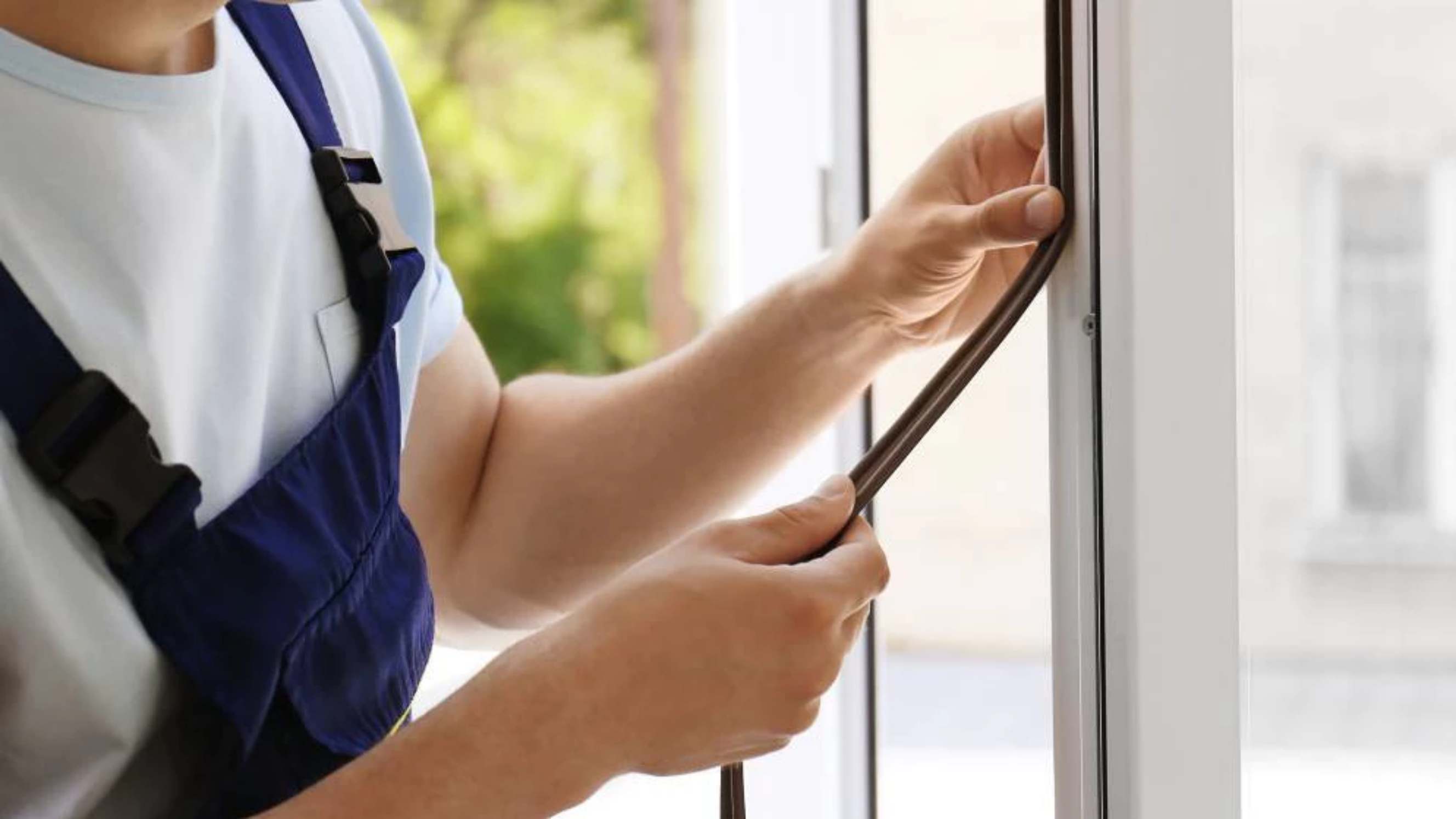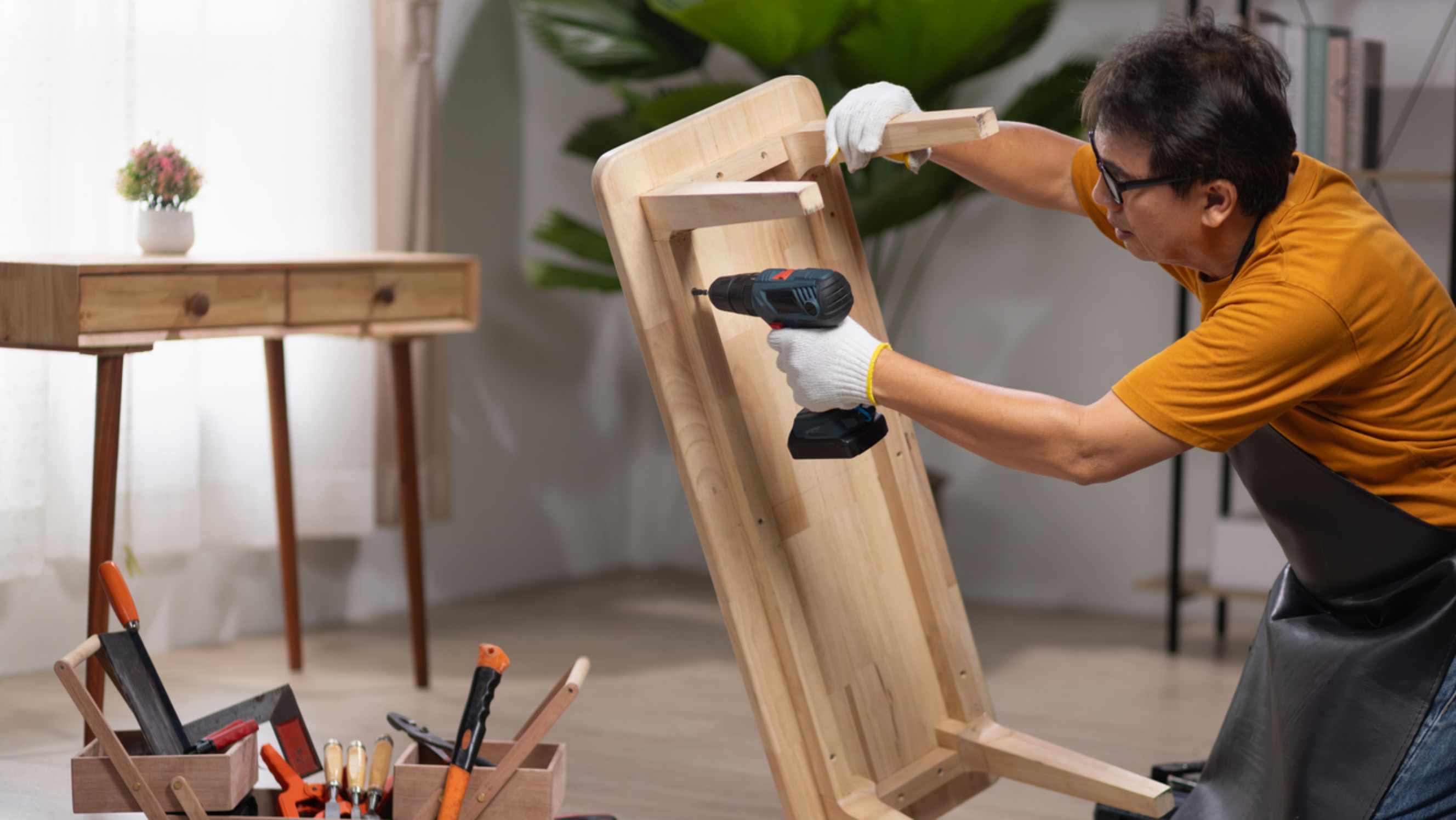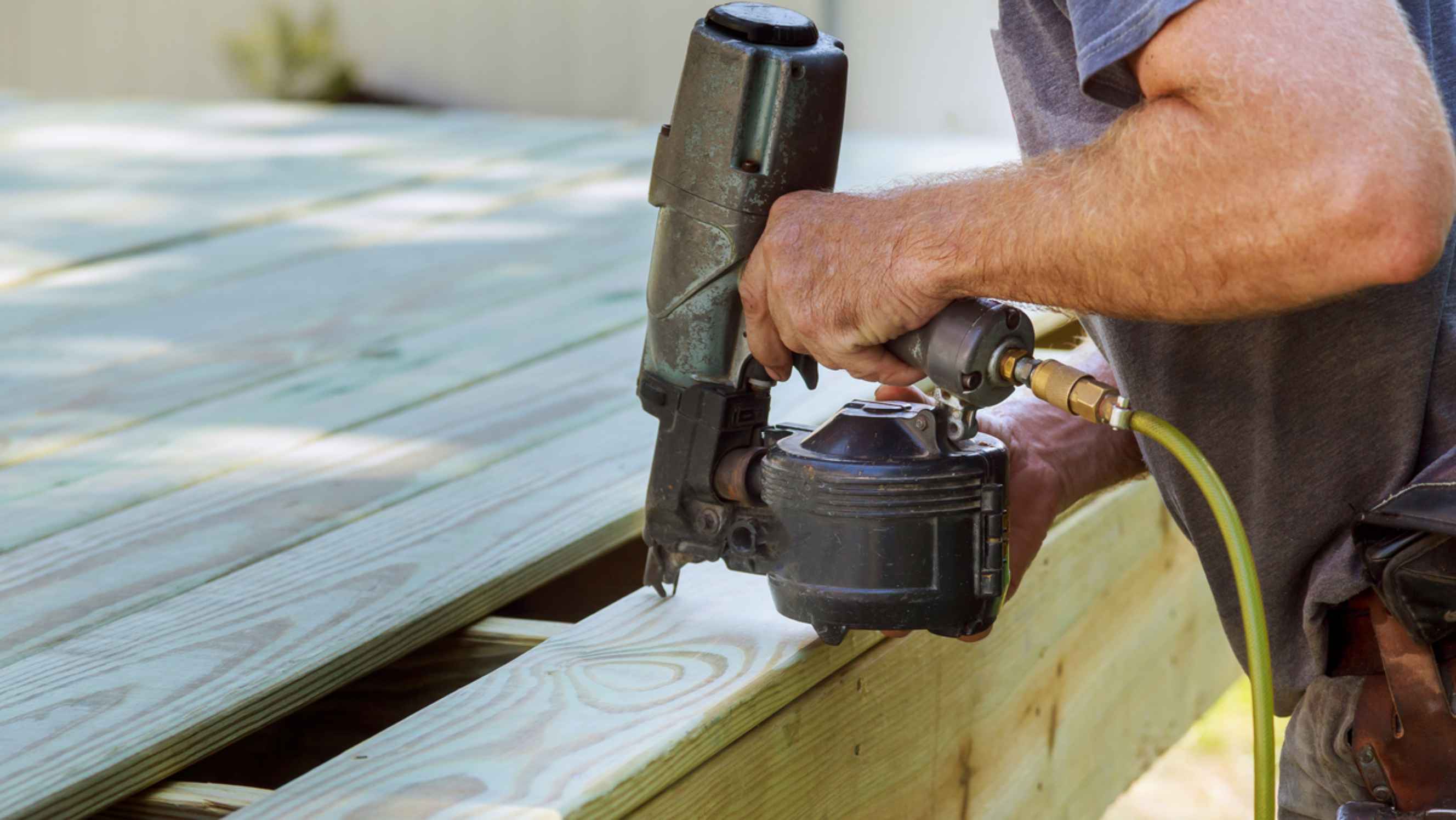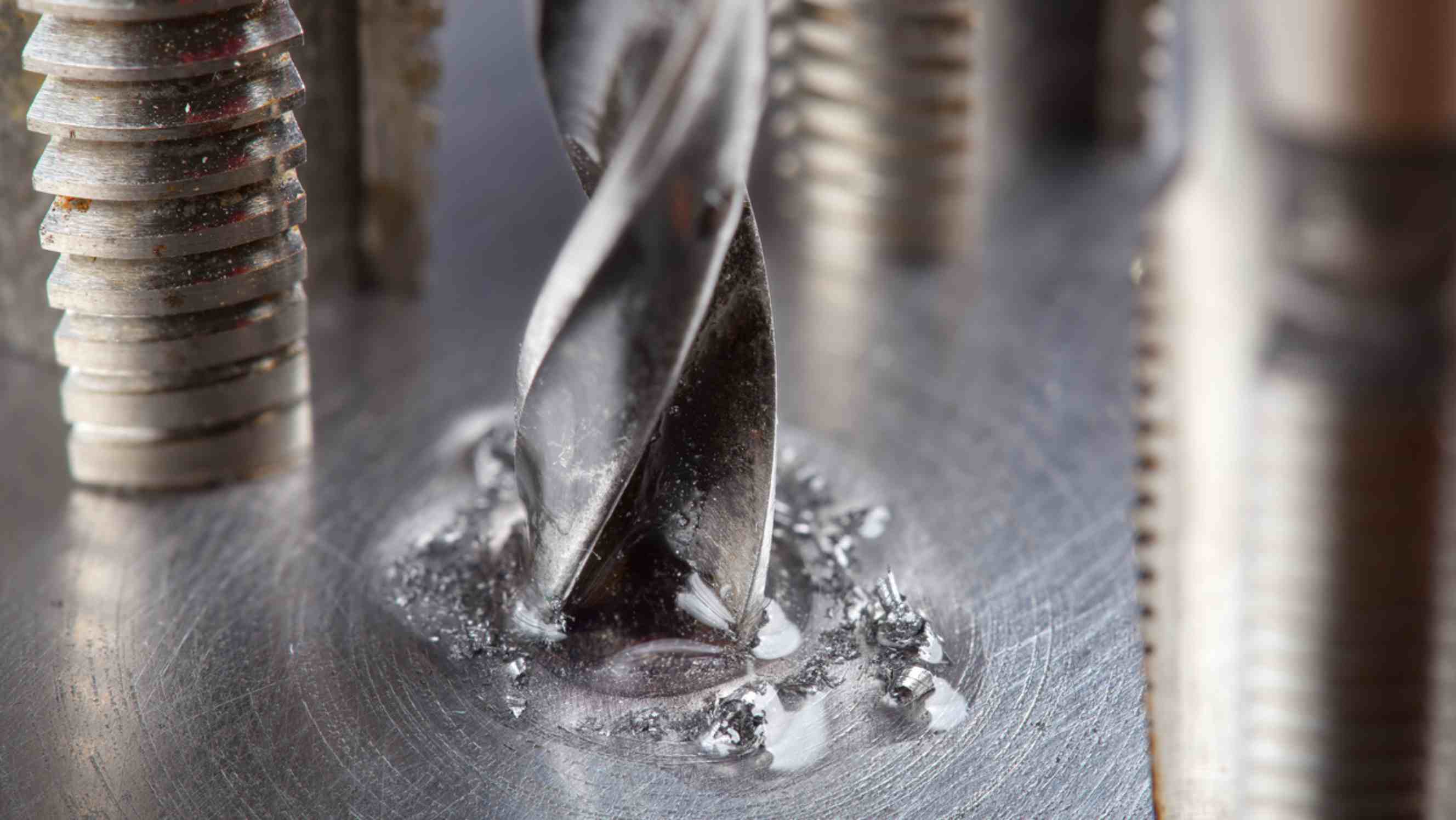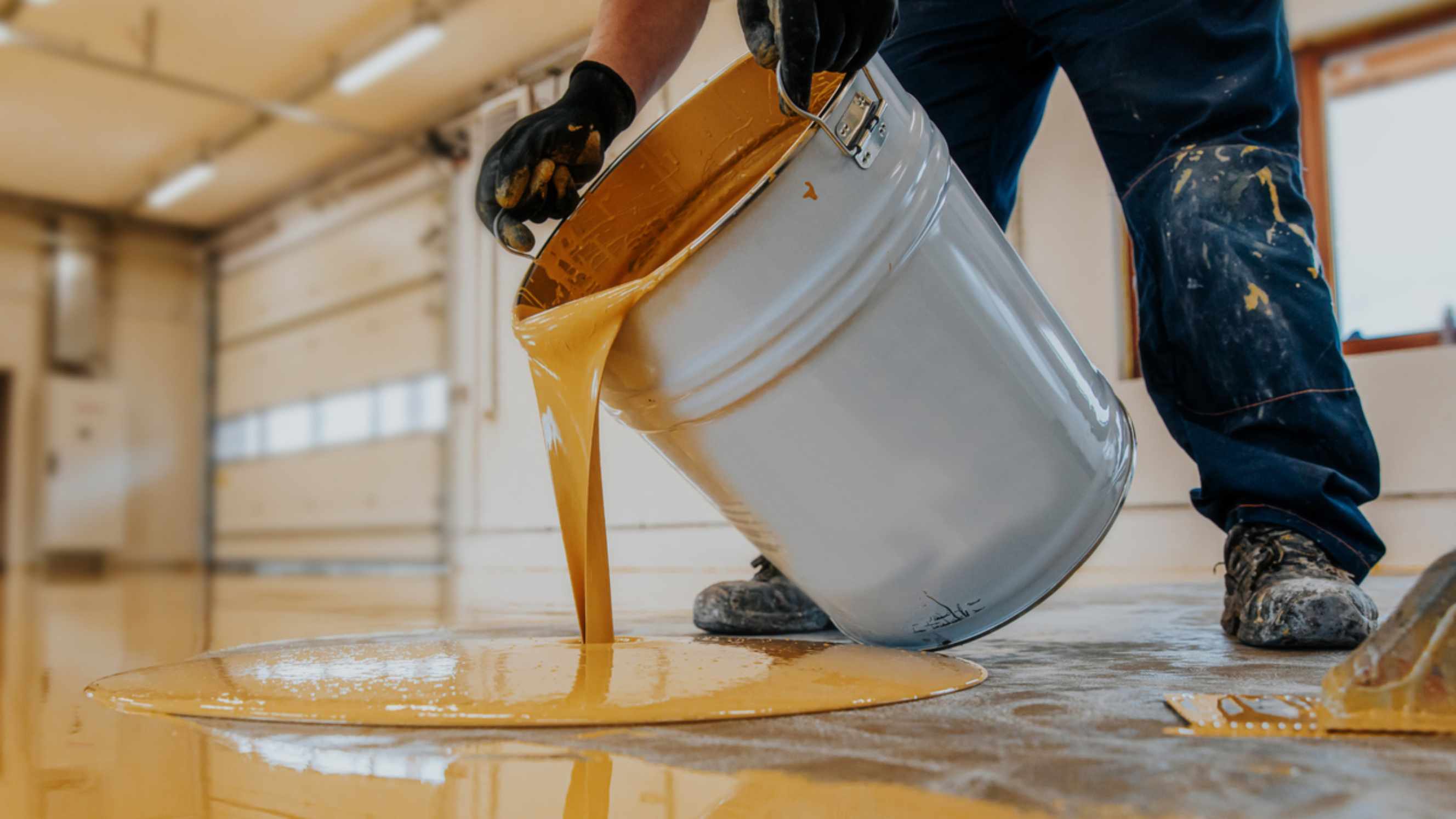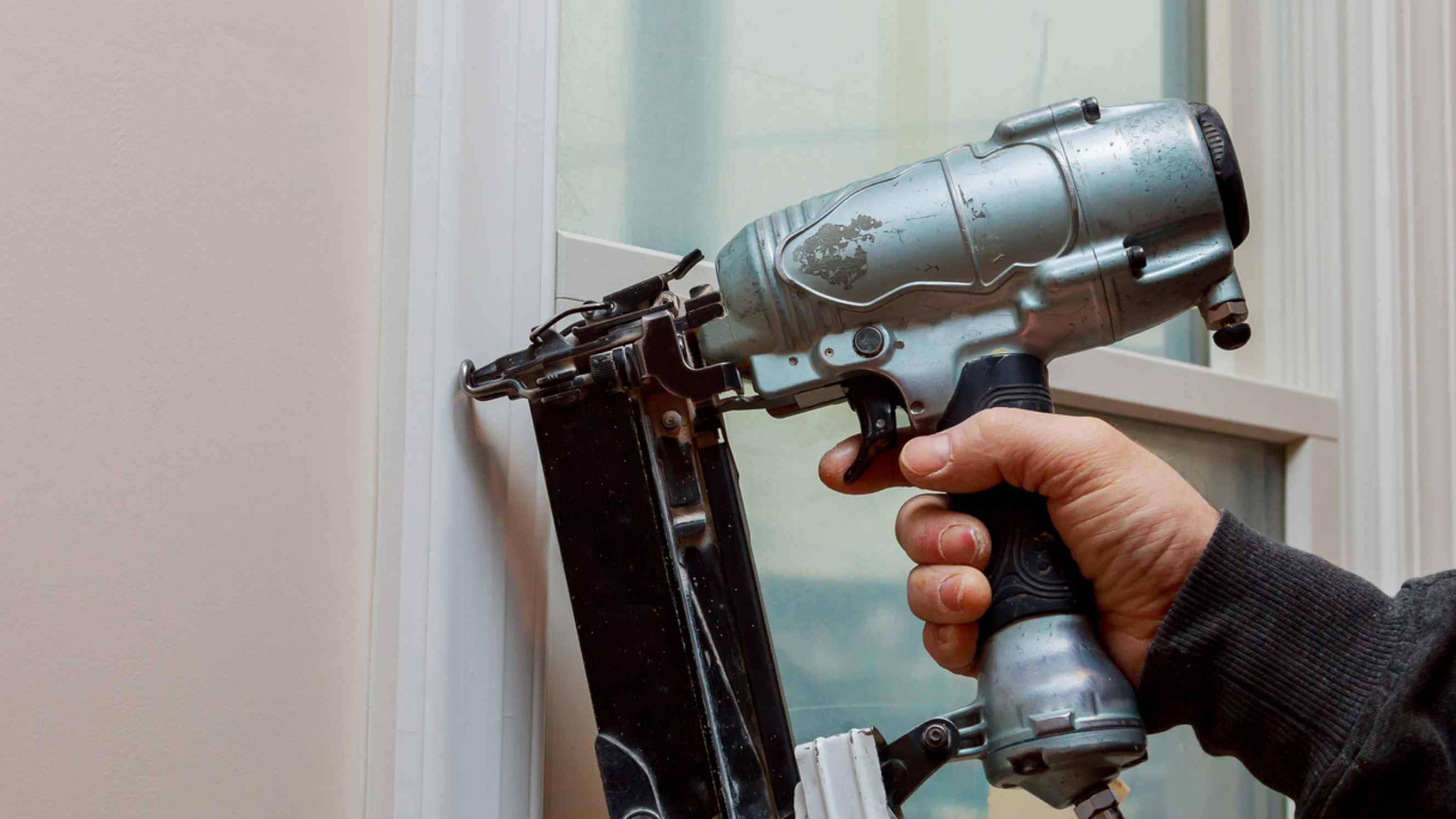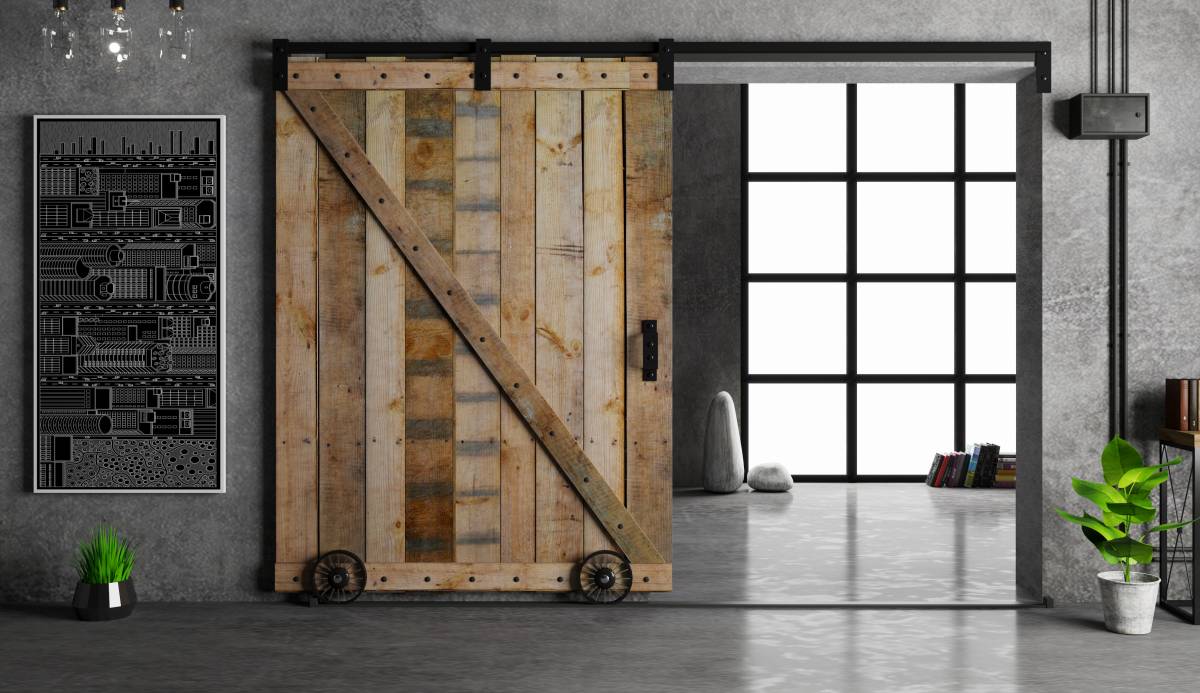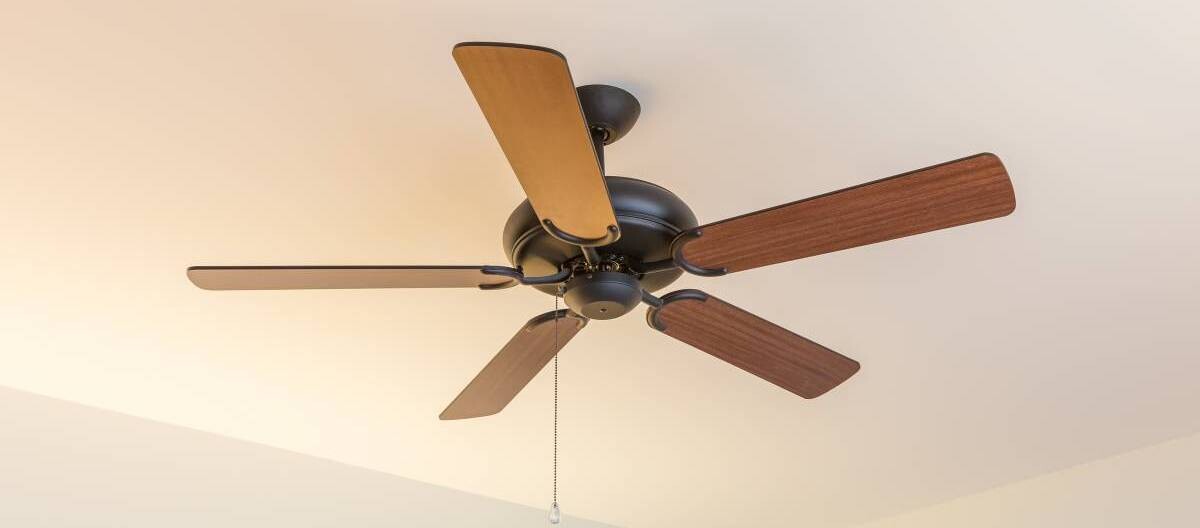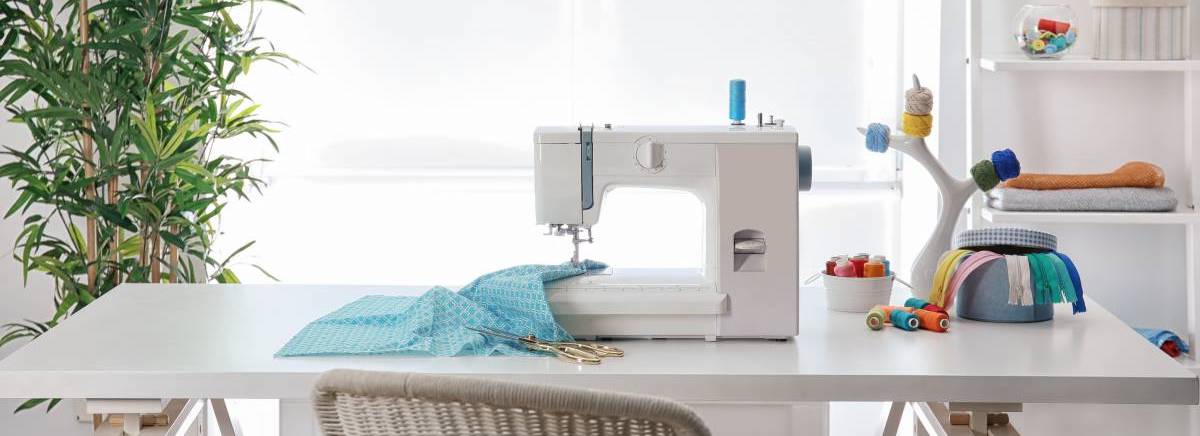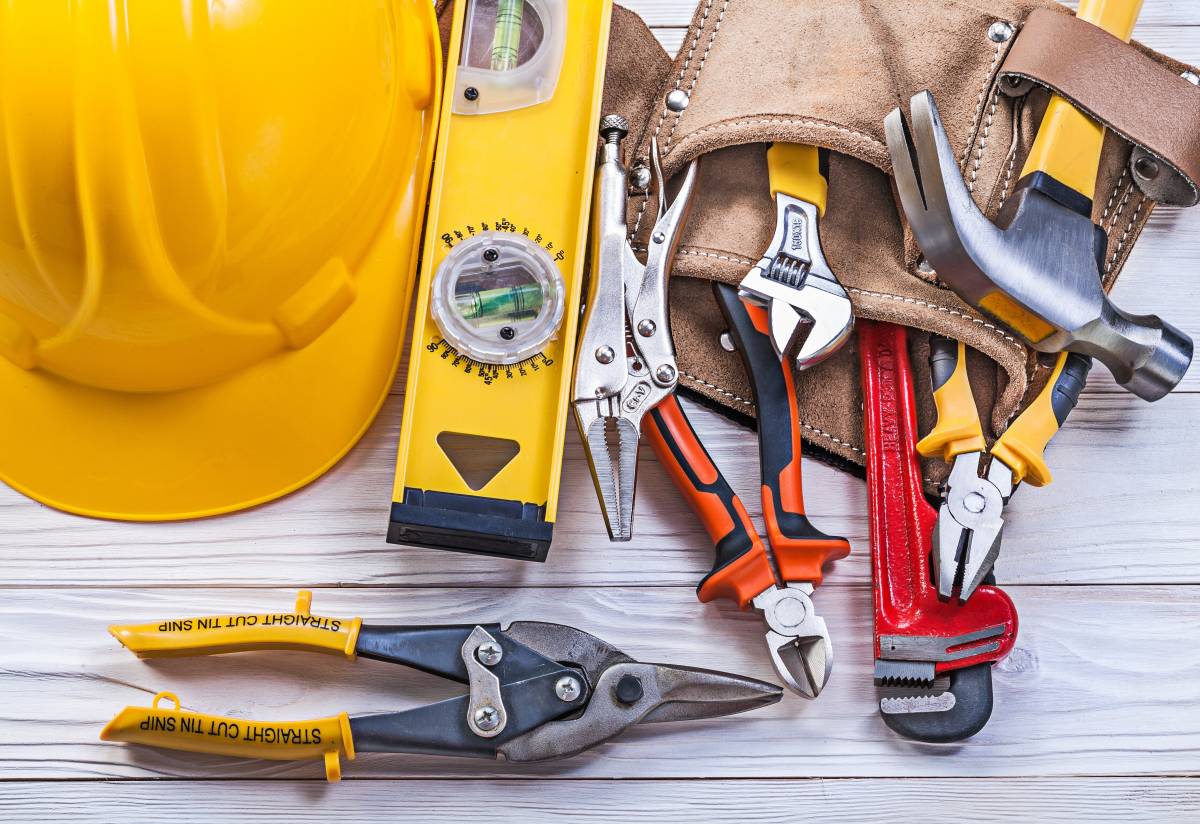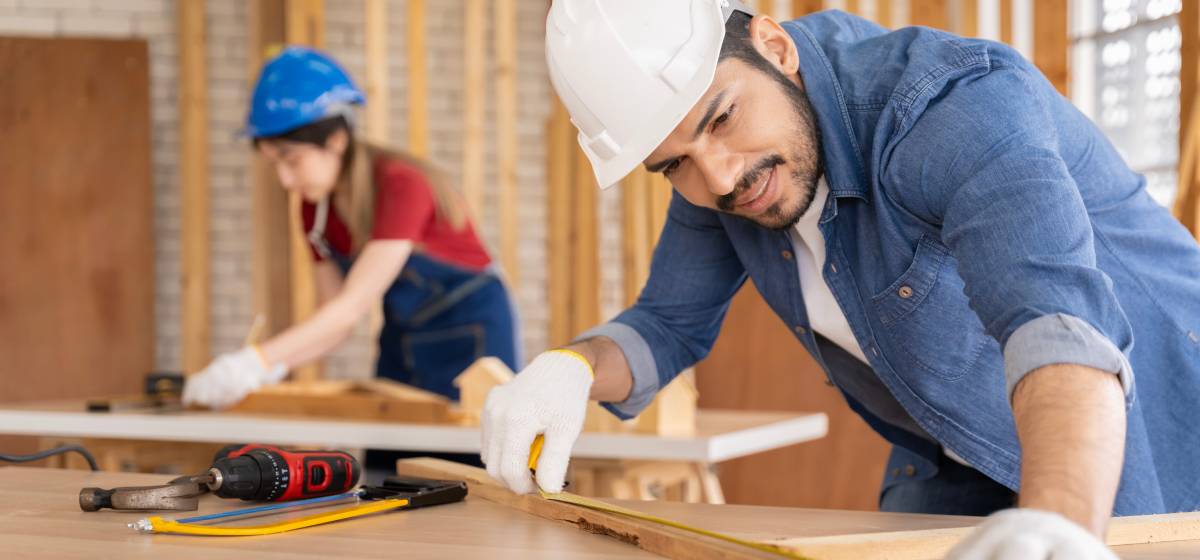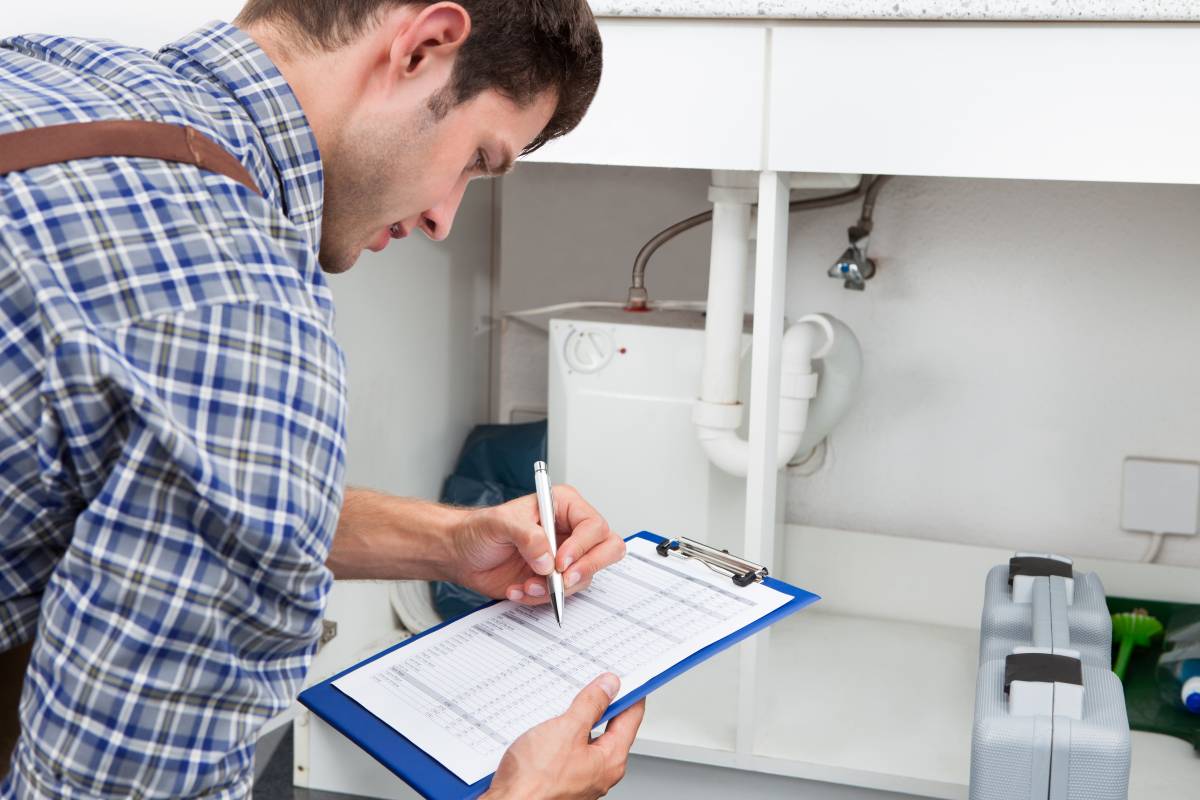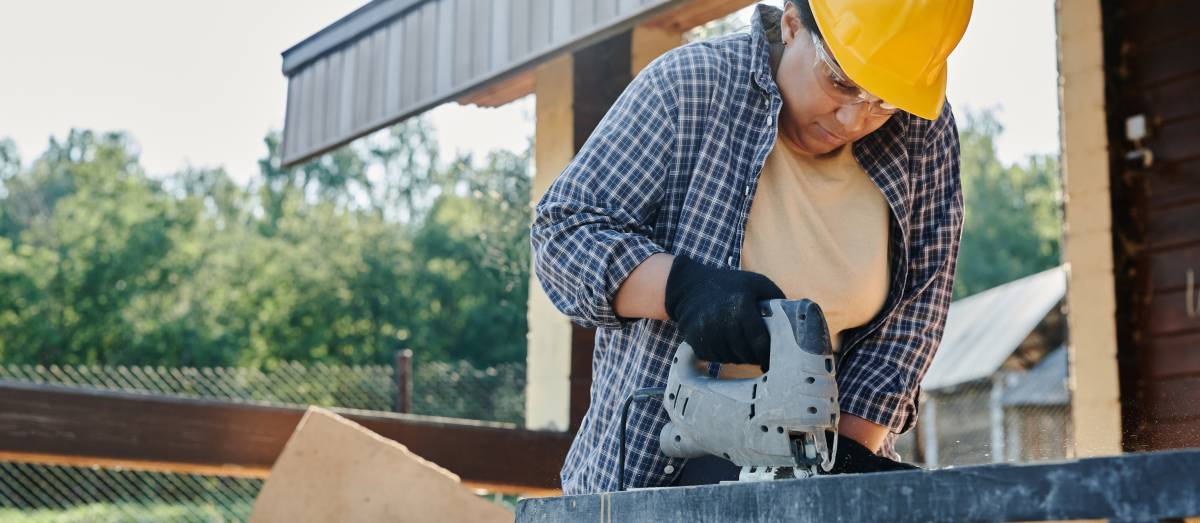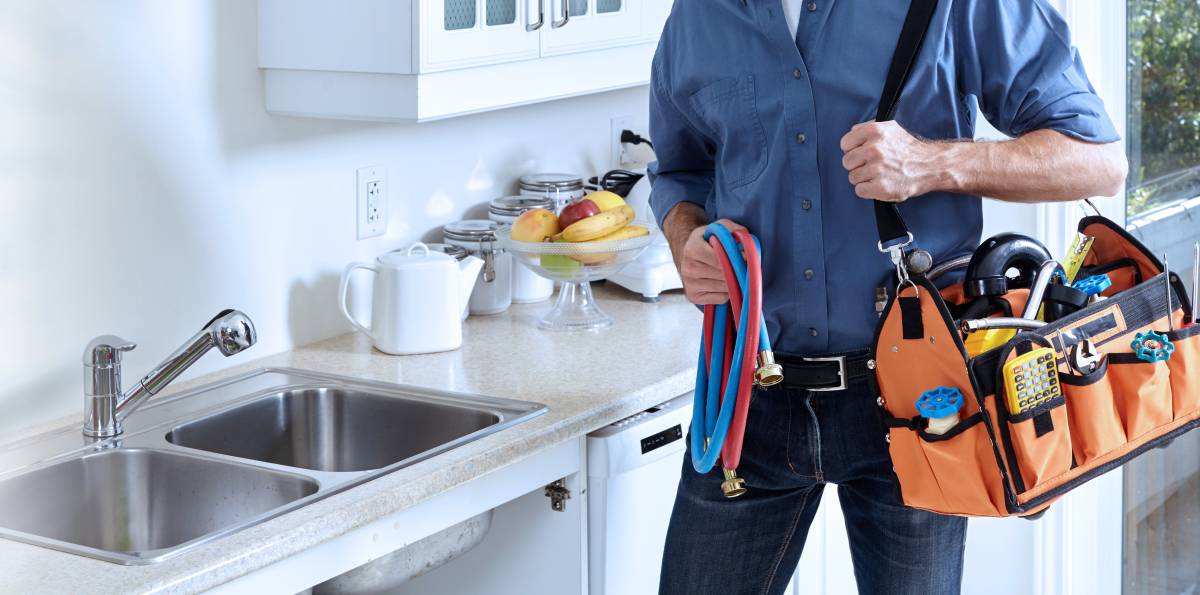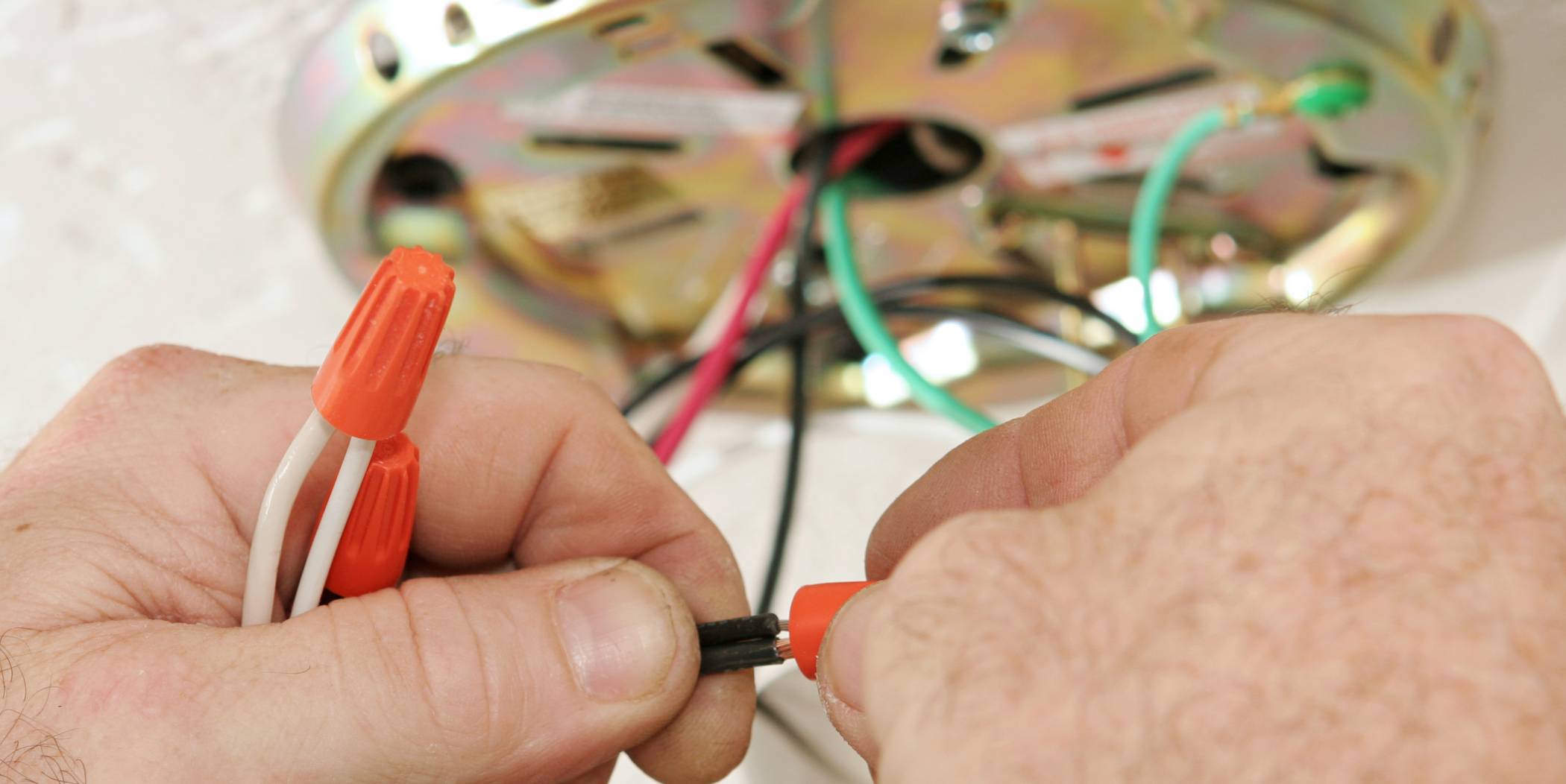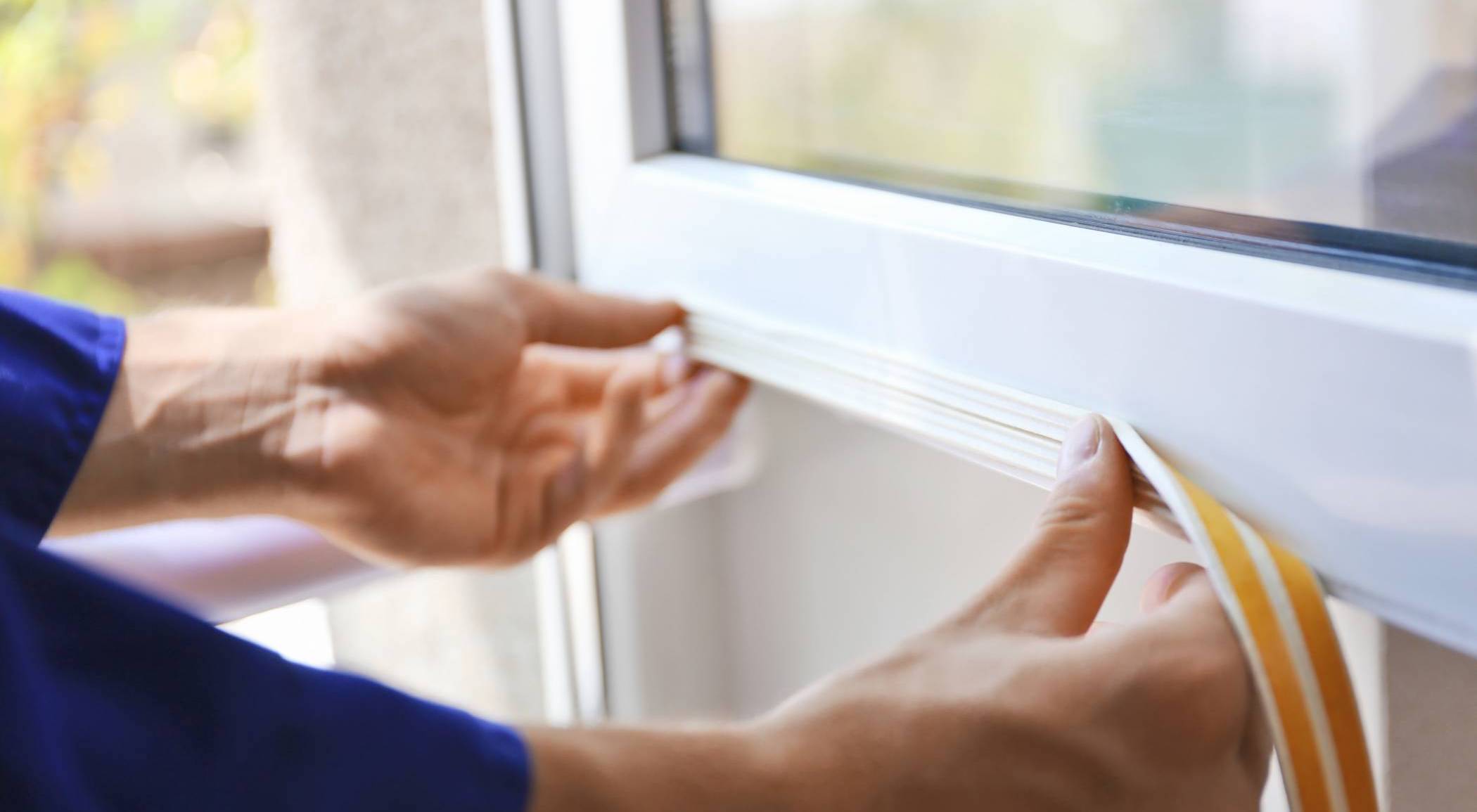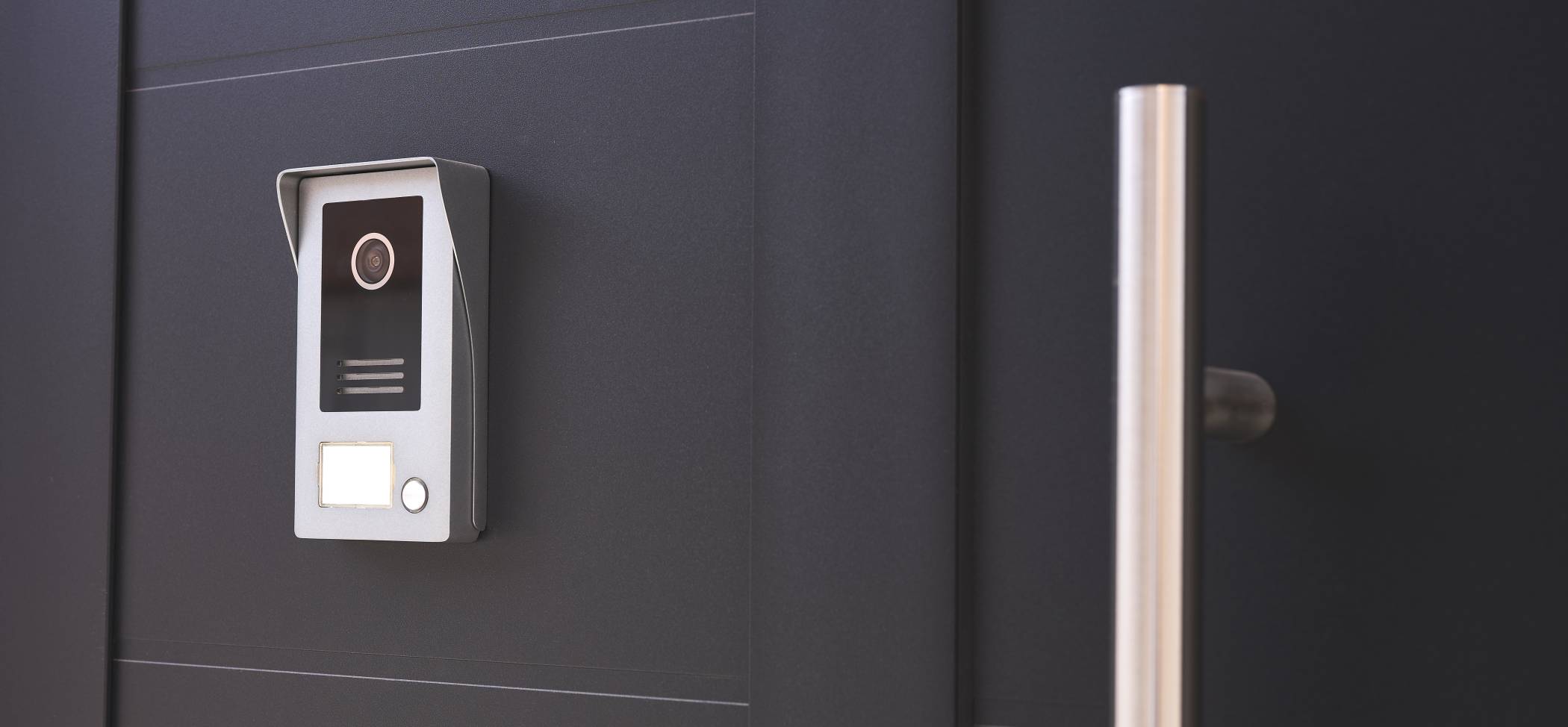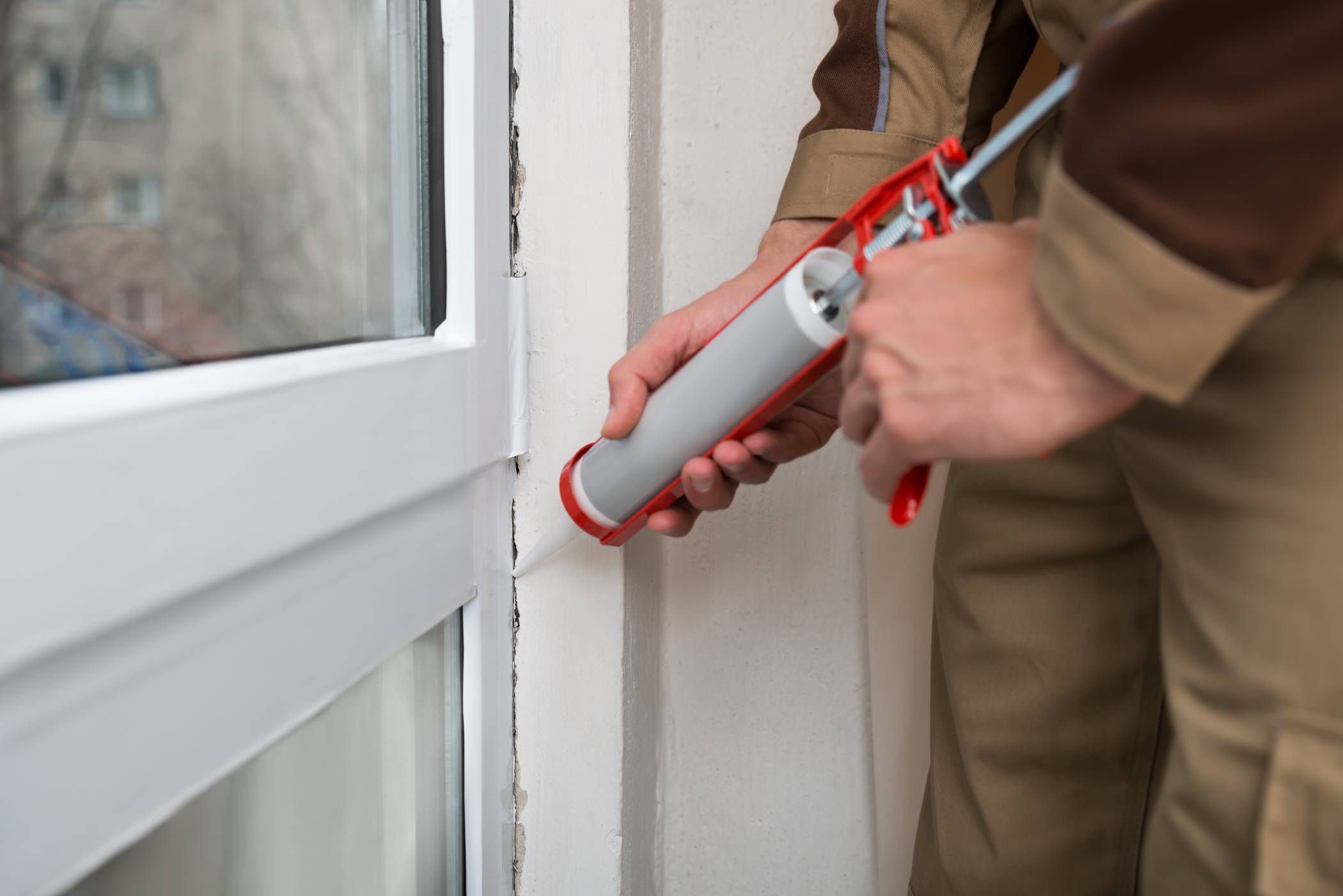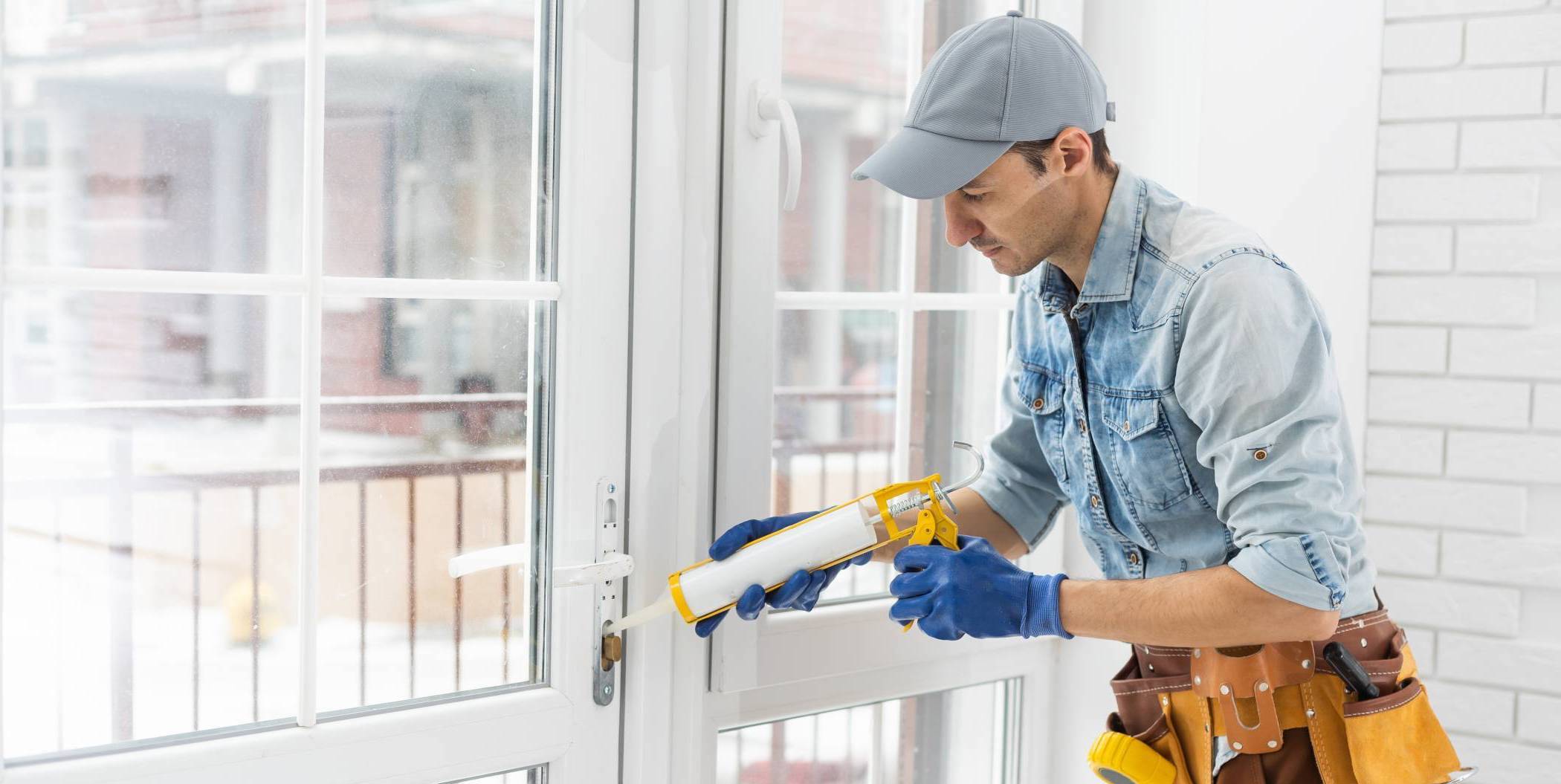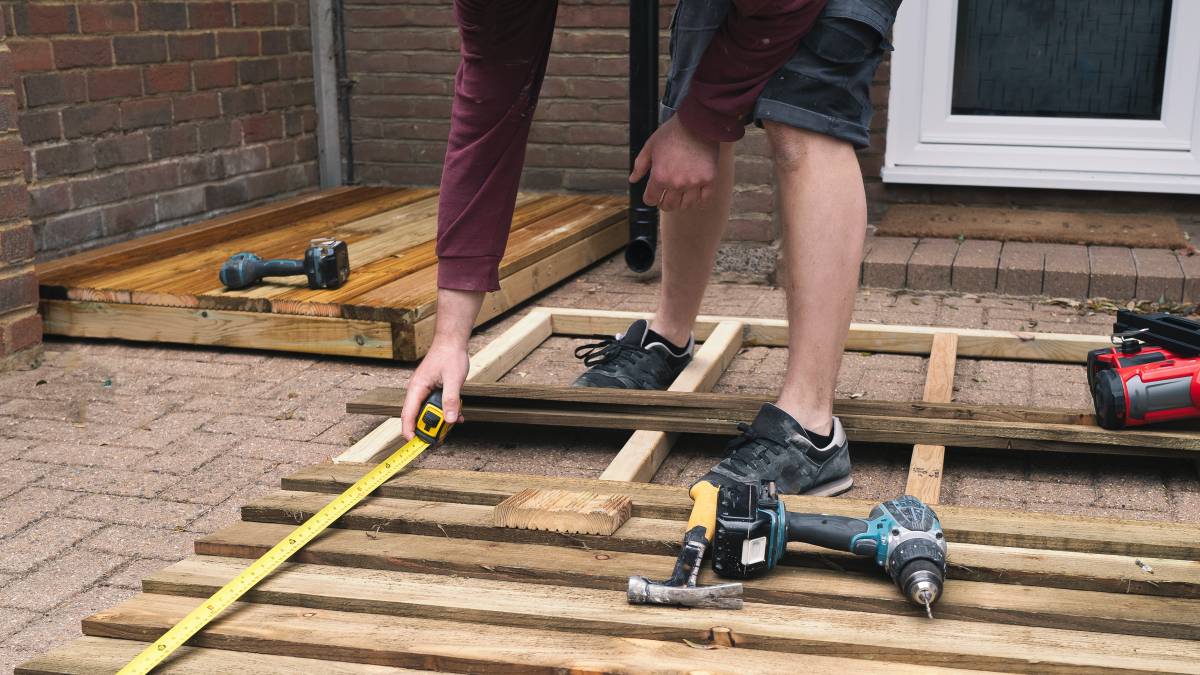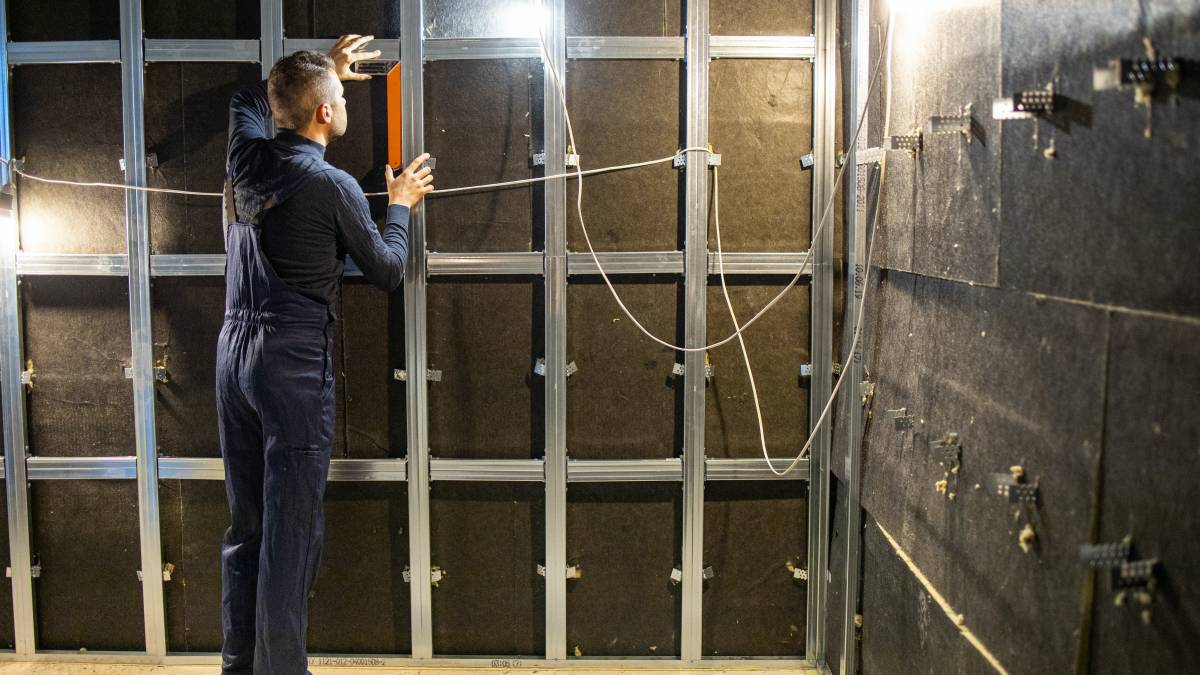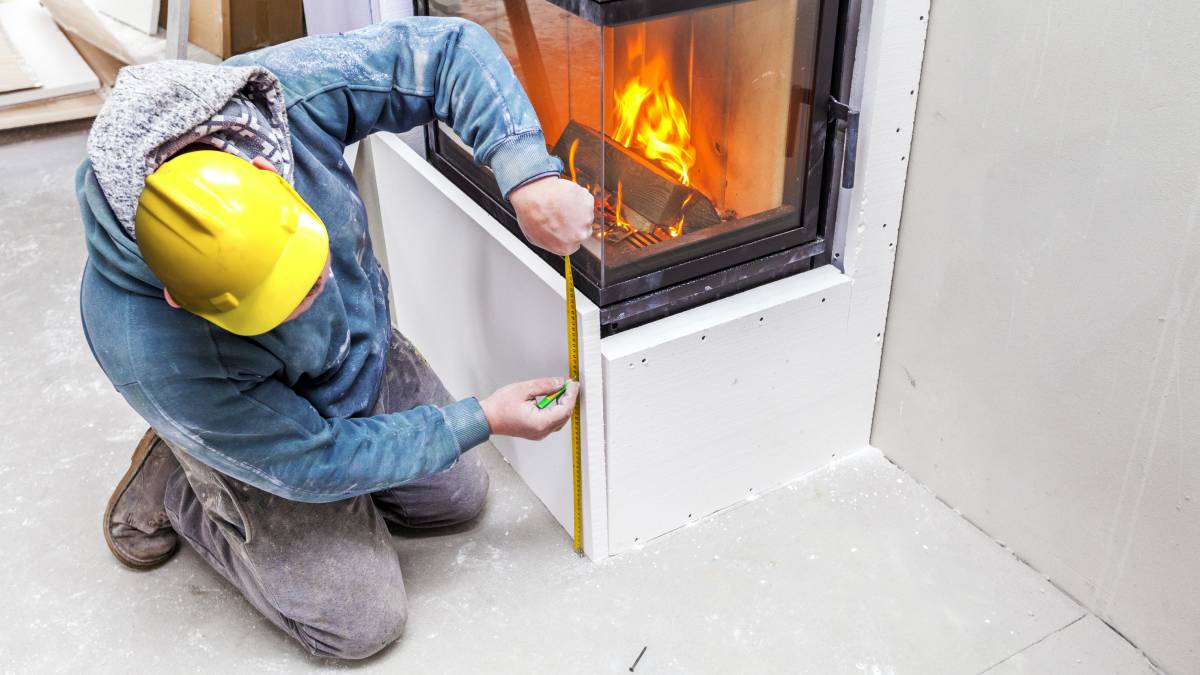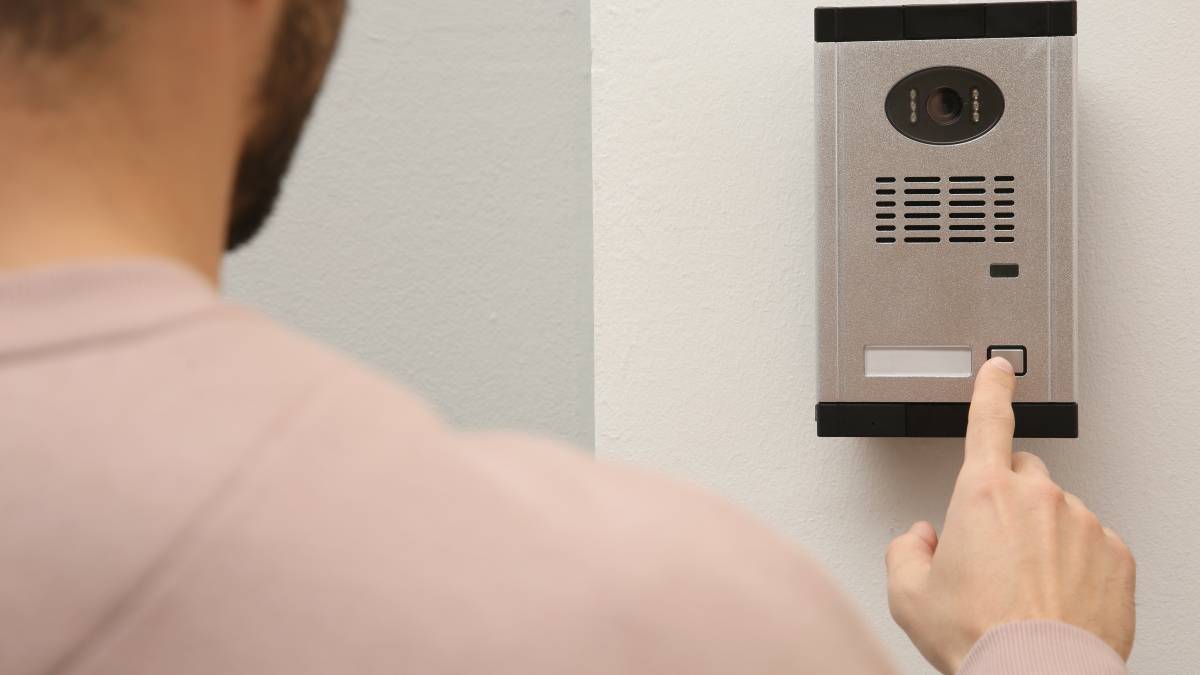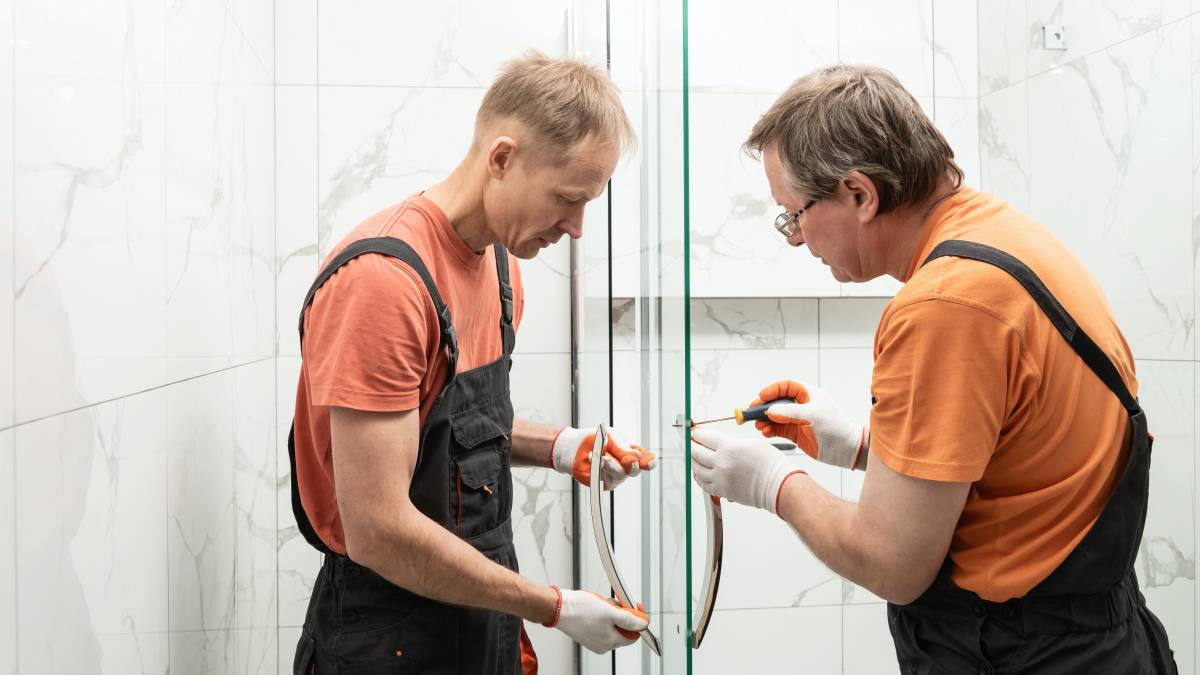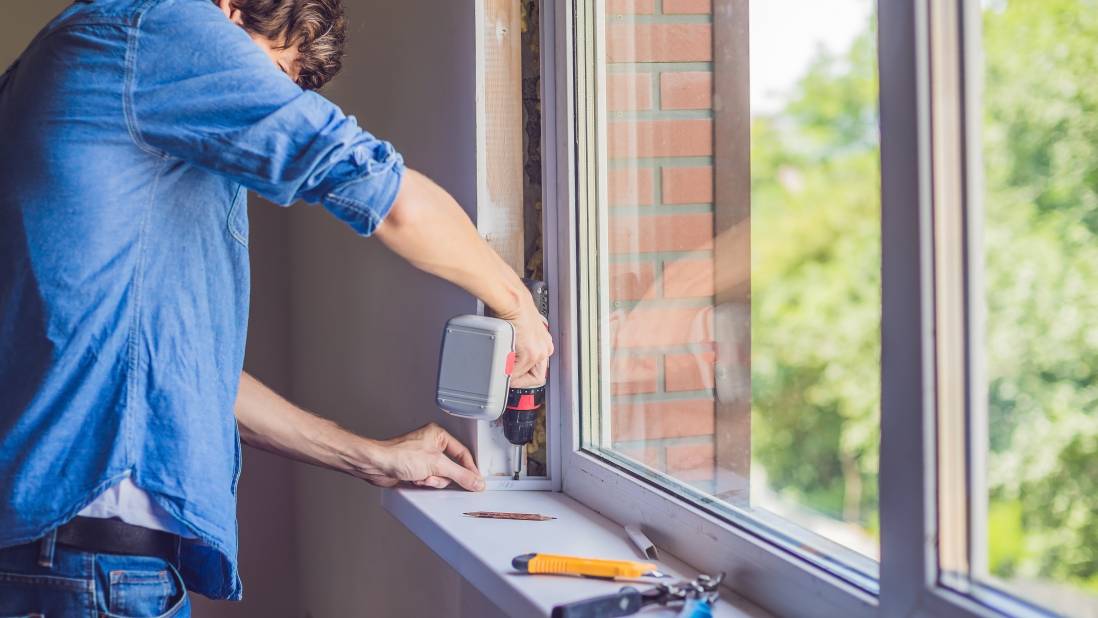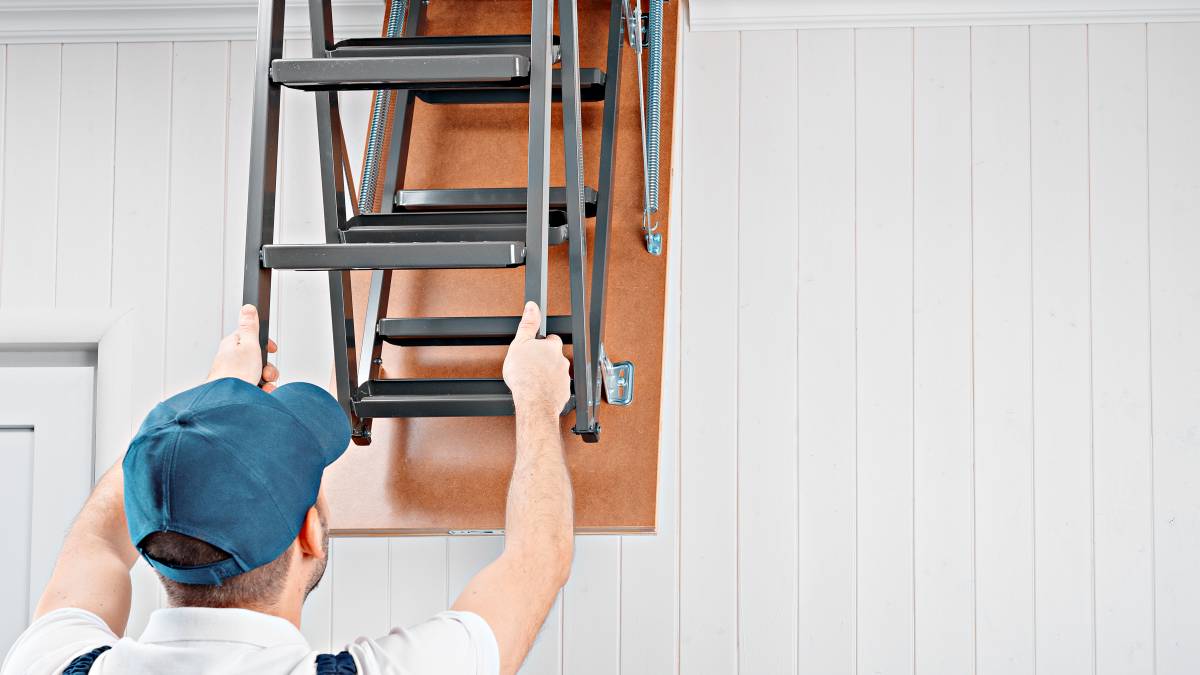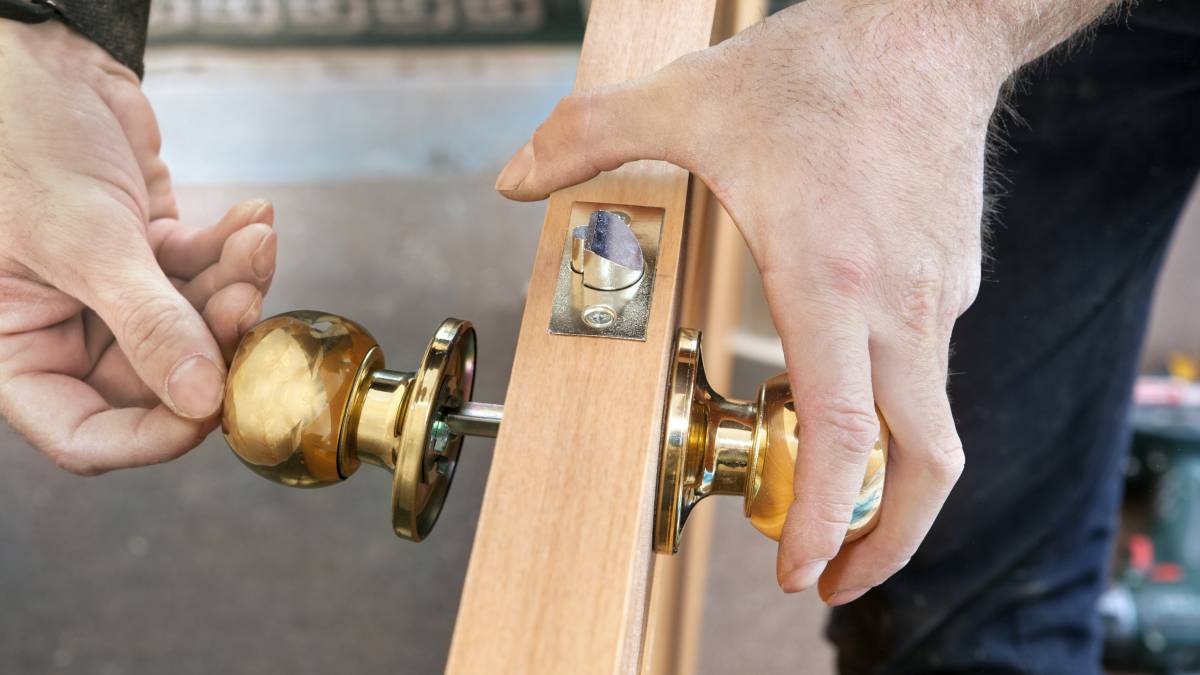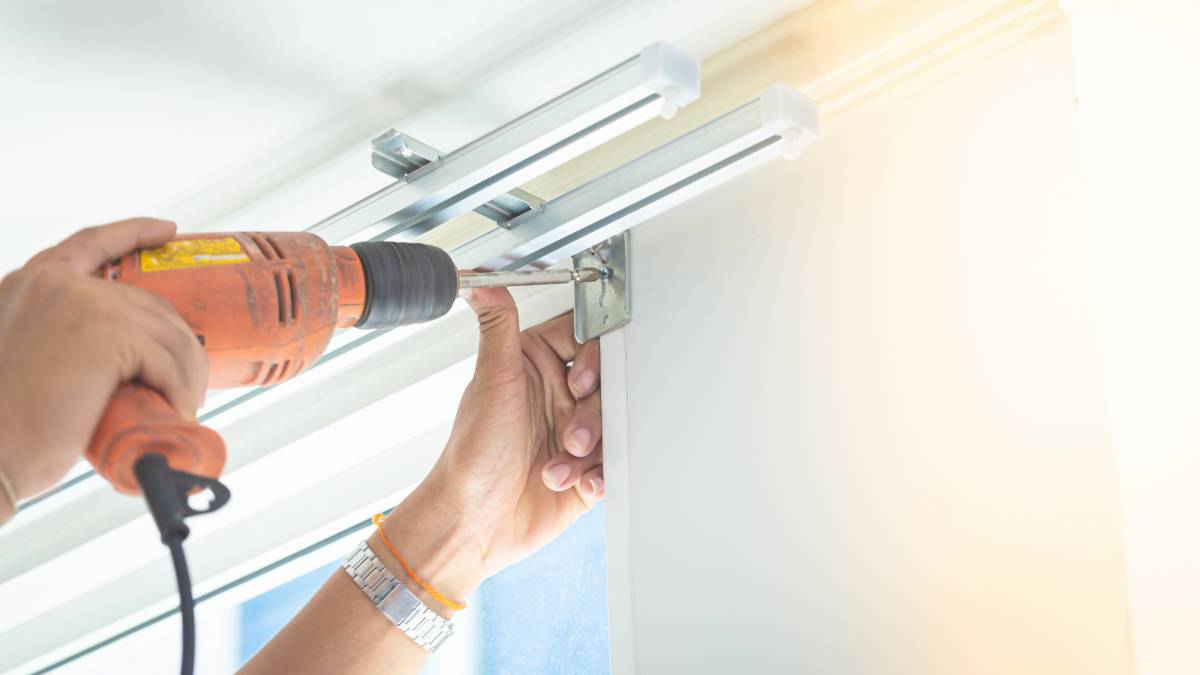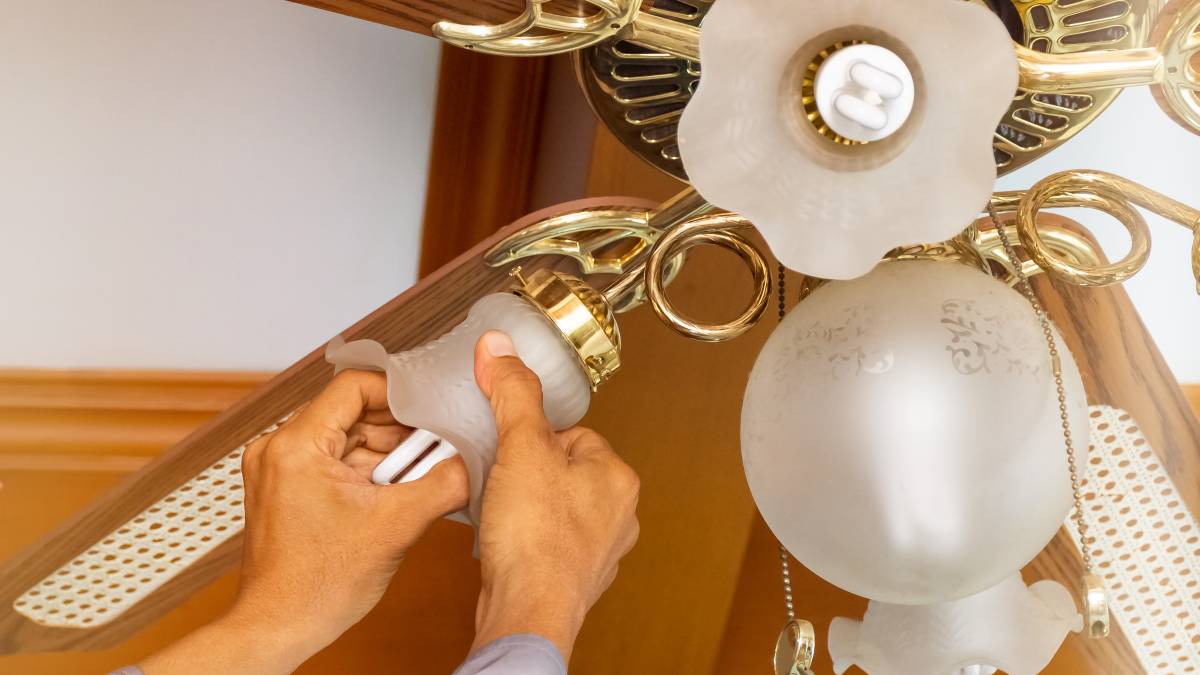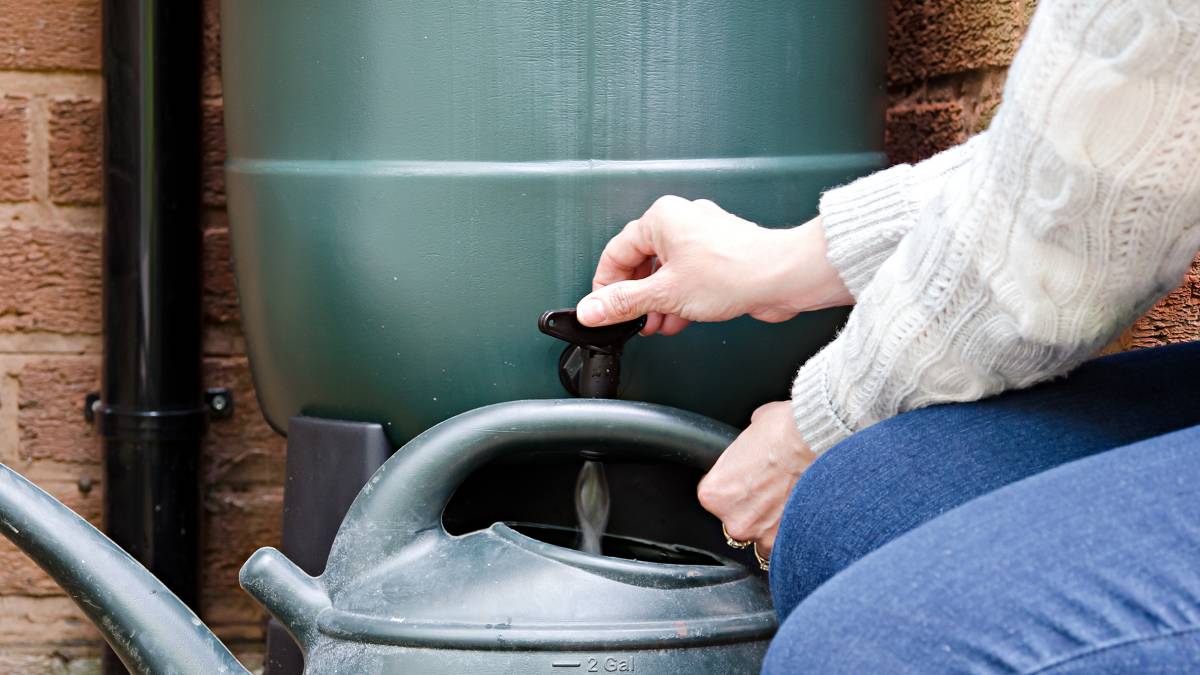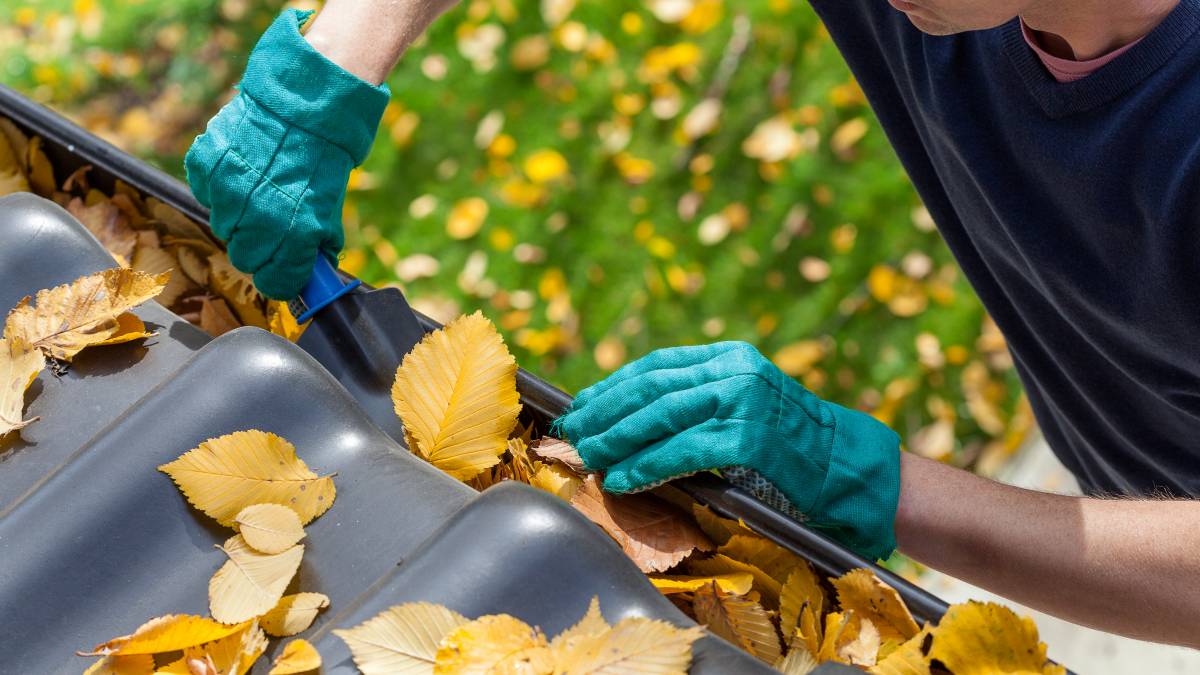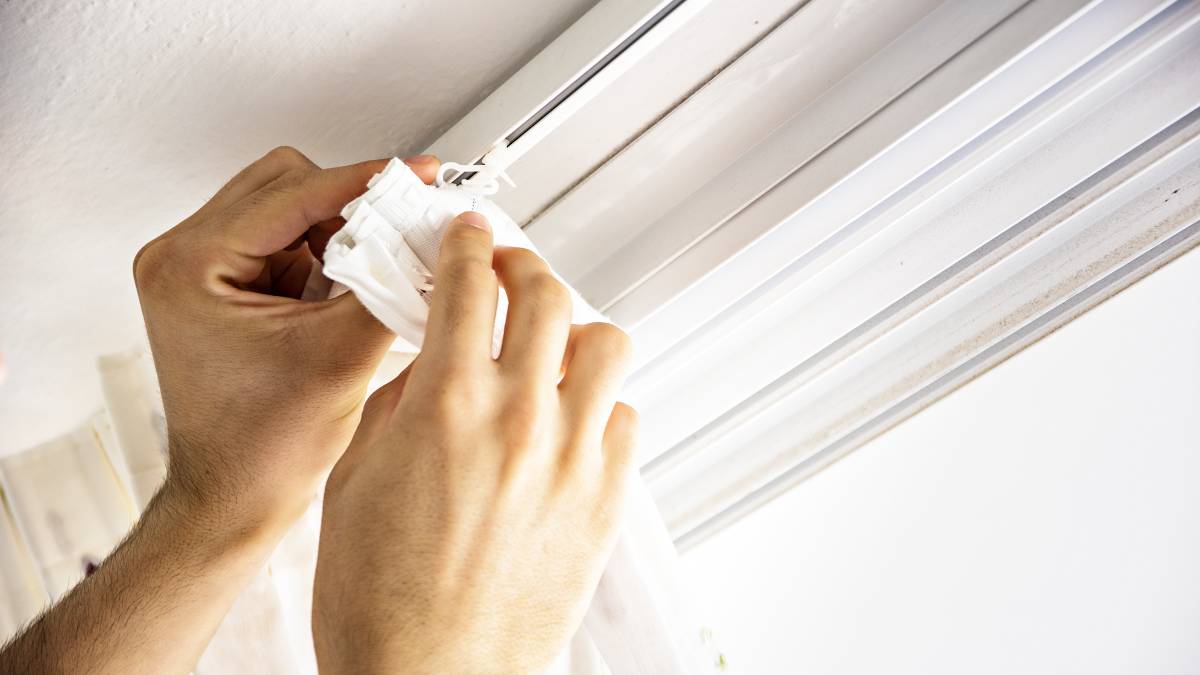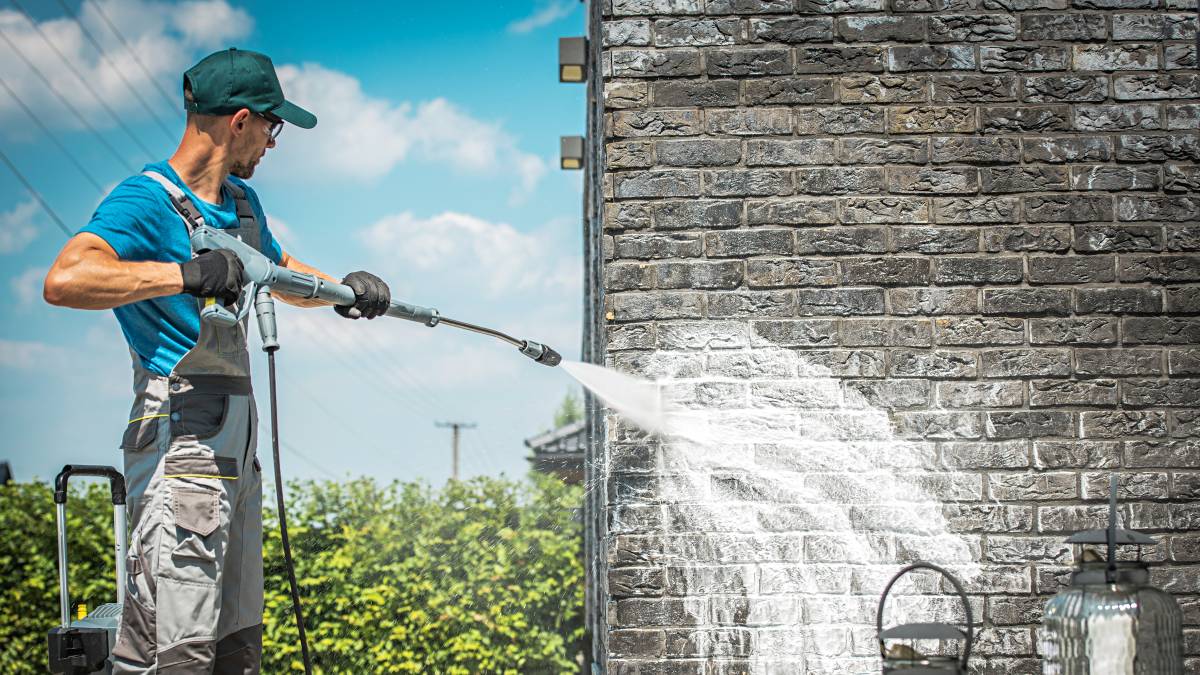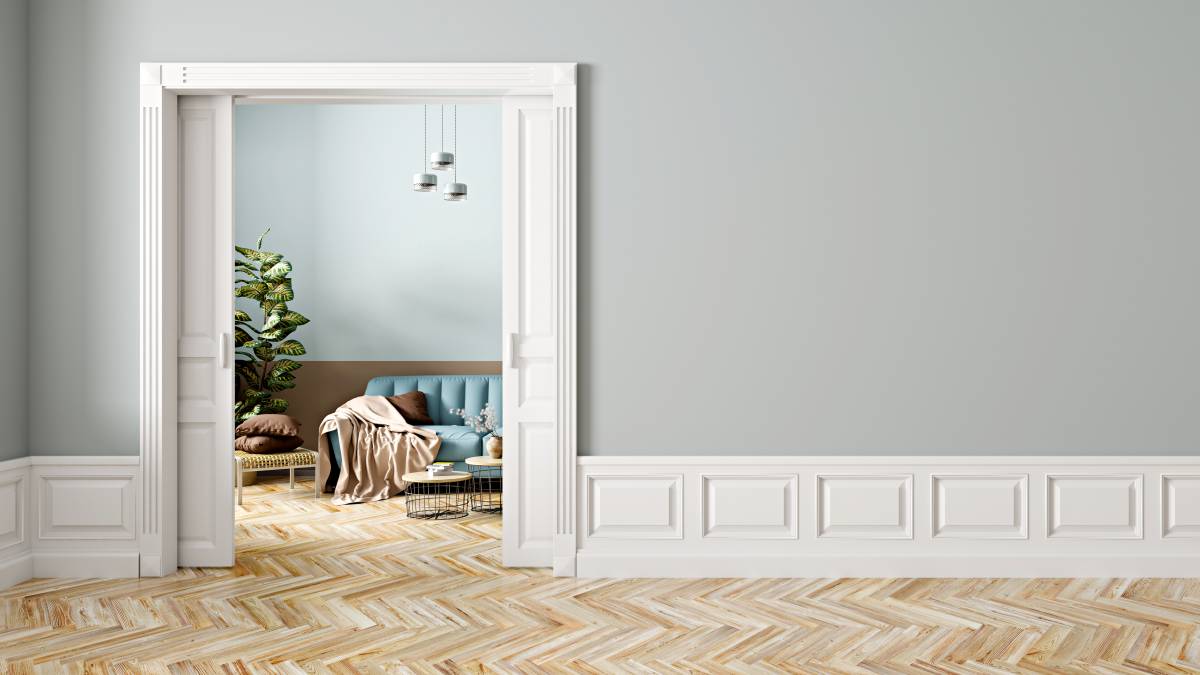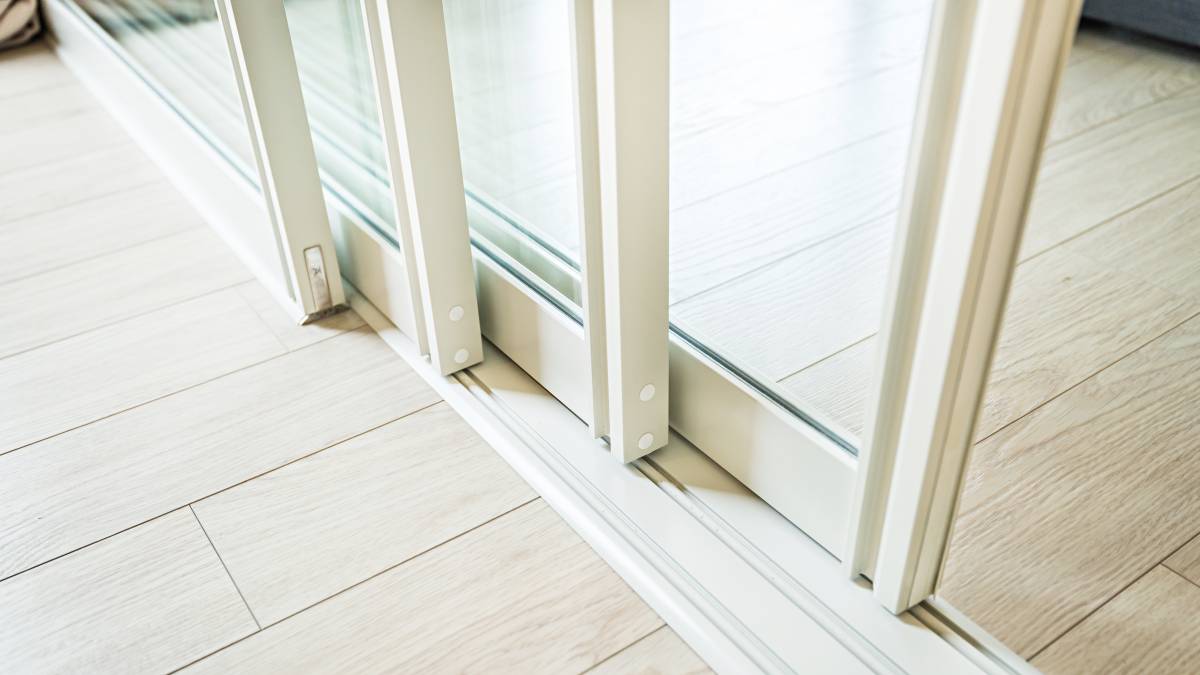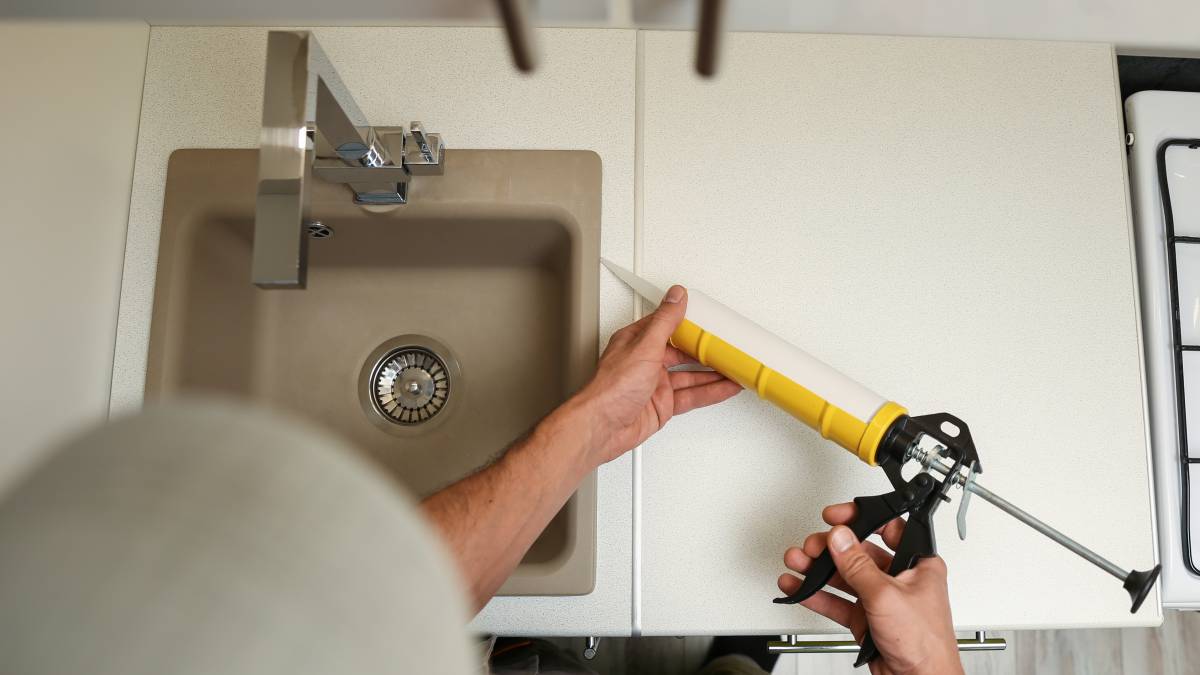- Home/
- Comparisons/
- Handyman/
- Impact Driver vs Impact Wrench
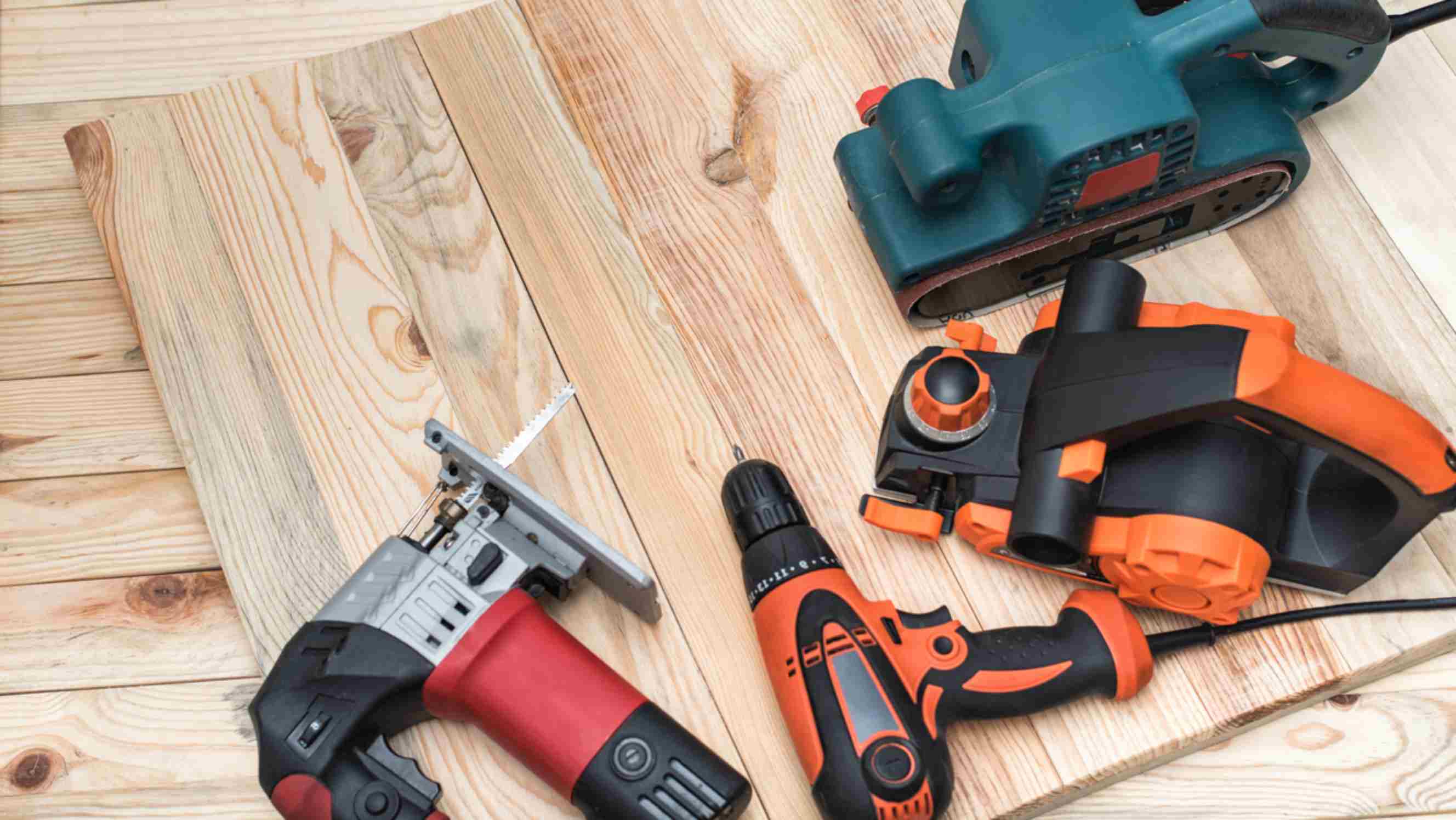
Impact driver vs impact wrench: Which tool do you need?
Comparing impact drivers and impact wrenches based on power, speed, compatibility with projects, and more.
Hire a handypersonPublished on
Key Facts
- An impact driver is a power tool designed for driving screws and bolts with high torque and precision.
- An impact wrench is a tool used to deliver high torque output for loosening and tightening nuts and bolts efficiently.
Are you tired of stripping screws or struggling with stubborn bolts? If you've ever struggled with these common DIY headaches, you're not alone. Many enthusiasts and even professionals face the dilemma of choosing the right power tool for their needs.
Understanding the differences between an impact driver vs impact wrench can be the game-changer for your tool collection. This guide will dive into the specifics of each power tool and help you decide which one suits your projects best. Whether you’re assembling furniture, working on your car, or tackling home repair tasks, picking the right tool can save you time and a lot of frustration.
What is an impact driver?
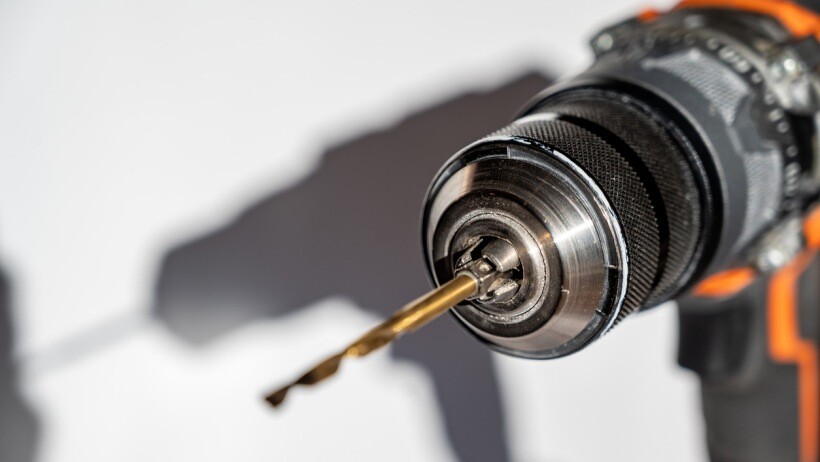
An impact driver is a power tool that's specifically designed to drive screws and bolts with a lot of torque and precision. It’s commonly used for tasks like assembling furniture, installing cabinets, or even building a deck. It’s a go-to tool for anyone who needs to drive a lot of screws quickly and with less effort.
When comparing an impact driver vs drill, you'll notice that the impact driver is smaller, more comfortable to use, and packed with power. It also uses quick, powerful bursts of rotational force to get the job done. This makes it perfect for driving long screws or bolts into tough materials without stripping them.
What is an impact wrench?
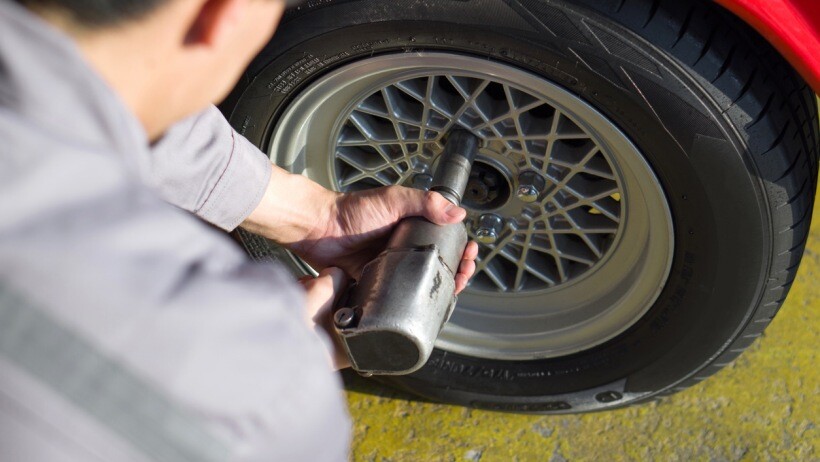
An impact wrench, sometimes called an impact torque wrench, is a powerful tool designed for loosening and tightening nuts and bolts with ease. This tool is perfect for heavy-duty tasks, like changing tyres, working on heavy machinery, or removing a stubborn lug nut from your car's wheel.
You'll also find that an impact wrench is bulkier compared to other power hand tools, but it's designed to deliver that extra muscle when you need it most.
Impact wrench vs impact driver: Which is more suitable for your assembly project?
When deciding between an impact driver or impact wrench for your handyman and assembly projects, there are a few key factors to keep in mind. Luckily, this guide will break them down so you can make the best choice.
In terms of power
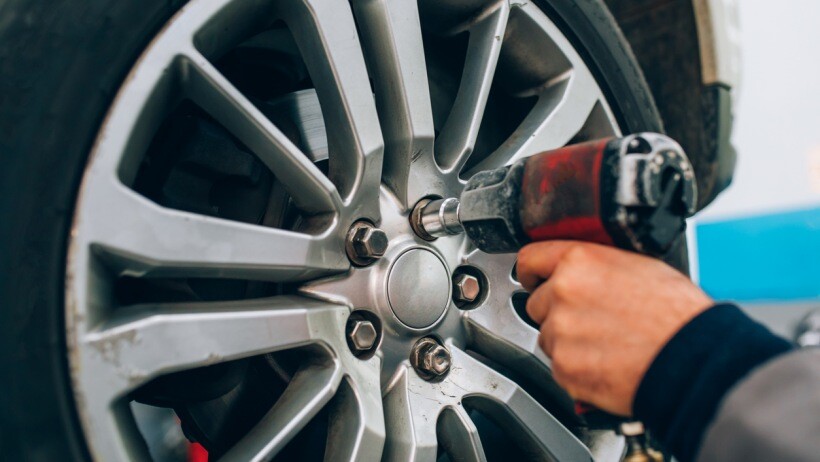
An impact driver drill may be small in size, but it delivers bursts of torque that make it incredibly efficient for driving screws into tough materials without wearing you out.
On the other hand, an impact wrench offers more torque for those heavy-duty tasks like loosening rusted bolts. While an impact driver offers more versatility and speed, an impact wrench provides greater sheer force.
For jobs like car repairs or machinery maintenance, where high torque is crucial, the impact wrench is the most ideal tool to use. However, for everyday assembly tasks, the compact impact driver gets the job done effectively without the extra bulk.
In terms of speed
Speed sets these two tools apart just as much as power. When you're faced with high-volume tasks that require repetitive screwing, like building a deck or assembling furniture, the rapid-fire action of an impact driver will be better. It allows you to drive screws in seconds, boosting your productivity significantly.
An impact wrench isn't sluggish by any means, but its focus is more on torque than speed. Still, it can get those rusted bolts spun off faster than you would be able to manually.
In terms of size and weight
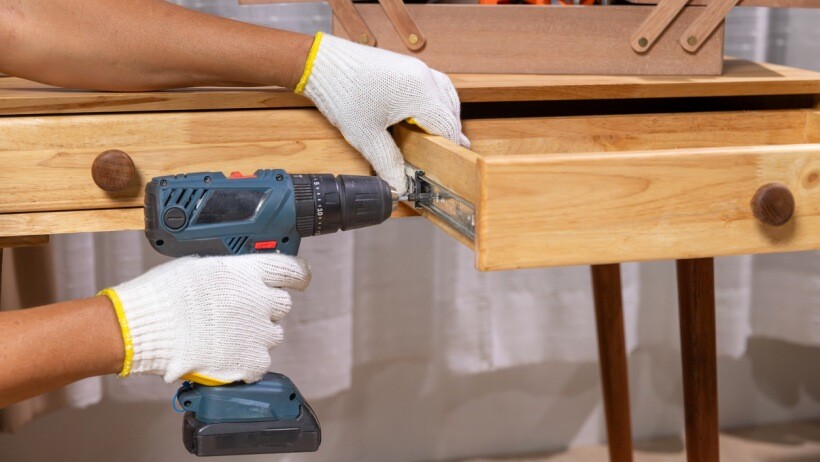
When it comes to manoeuvrability, size and weight are key factors. This is where the impact driver has an edge. Lightweight and compact, it's perfect for tight spaces where an impact wrench would be too much. You’ll find that using an impact driver for screws in confined areas is a breeze compared to carrying around a heavier tool.
On the other hand, an impact wrench's larger size and extra heft mean it’s designed for more demanding tasks. Though it may feel bulky, the added weight provides stability and reduces the strain on your hand during prolonged use.
In terms of power source
The difference between an impact driver and an impact wrench extends to their power sources. Most impact drivers are battery-operated, which makes them flexible and highly portable. You can move around your worksite easily, without having to worry about tripping over cords or locating a power outlet.
Impact wrenches, on the other hand, come in both corded and cordless varieties, each having its unique advantages. Corded impact wrenches provide consistent power and are ideal for intense tasks where you need high torque. However, you're restricted by the length of your extension cord, which can be a hassle in large workspaces.
Cordless impact wrenches offer the same mobility as impact drivers but usually have a shorter battery life because they consume more power. Make sure to have spare batteries handy if you’re working overtime on a project.
Regardless of what you use, though, working with electrically powered equipment requires strict adherence to safety protocols to avoid accidents. Always wear the proper safety gear, like gloves and safety glasses, to protect yourself from flying debris. While working with corded tools, keep the cables out of your path to prevent trips and falls.
In terms of specific handyman and assembly projects
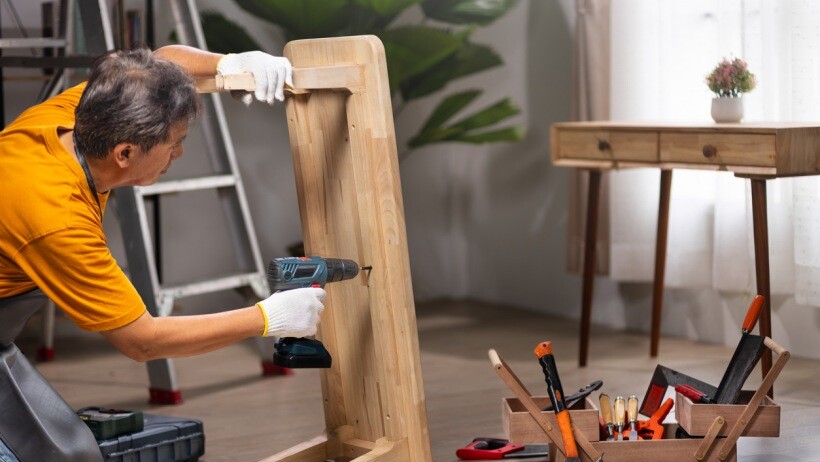
An impact driver often serves best for tasks involving woodwork and smaller screws. If you’re building a shed, for instance, an impact driver’s lighter weight and flexibility make it easy to move around tight spots.
For more heavy-duty tasks like car repairs, an automotive impact wrench is your go-to tool. It delivers the high torque needed to loosen stubborn bolts and nuts without requiring manual effort. This makes it particularly useful for repairing vehicle suspensions.
These power tools can also be used for certain disassembly tasks. If you're tearing down lighter structures like bed frames, an impact driver can make the job faster and easier. Meanwhile, for heavier objects like engine blocks, an impact wrench is more suitable.
In terms of cost
When comparing the price of an impact driver versus an impact wrench, you’ll find a wide range in both categories. An impact driver typically costs between £50 to £250 on average, depending on the model and its features. On the other hand, mid-range impact wrenches range from £150 to £300, making them generally more expensive.
Low-end impact drivers cost between £25 to £50 and offer basic functionalities. Conversely, low-end impact wrenches cost between £65 to £150 and cater to lighter automotive projects. Though both are affordable, the impact wrench still tends to be pricier at the entry-level.
Premium impact drivers can reach up to £950 and are loaded with advanced features like brushless motors and multiple speed settings. Meanwhile, high-end impact wrenches push the upper limit to £2,275 and are designed for heavy-duty industrial use.
Get expert help for your handyman and assembly projects with Airtasker
Picking between an impact driver and an impact wrench really boils down to what you need it for. For intricate tasks around the house or even light carpentry, an impact driver is your go-to tool. But if you're dealing with high-torque jobs like automotive repairs, an impact wrench should be your choice.
Regardless of the tool you choose, don't forget you’re not alone in your handyman or assembly projects. With the Airtasker platform, you can easily post a task and find professional handymen and assemblers who are ready to lend a helping hand.
Impact driver vs impact wrench
| Impact Driver | Impact Wrench | |
| Power |
High torque for driving screws and bolts |
Very high torque for loosening and tightening nuts/bolts |
| Speed |
Quick and agile; ideal for repetitive screwing tasks |
Focuses on torque over speed, but still efficient |
| Size and Weight |
Lightweight and compact; easy to use in tight spaces |
Larger and heavier; designed for heavy-duty tasks |
| Power Source |
Mostly battery-operated for flexibility and portability |
Available in both corded and cordless varieties |
| Specific Handyman and Assembly Projects |
Ideal for woodwork and smaller screws, like furniture assembly |
Perfect for heavy-duty tasks, like car repairs |
| Cost |
Generally more affordable |
Can be more expensive, especially higher-end ones |
FAQs on impact drivers and impact wrenches
A drill is designed for drilling holes and driving screws with consistent torque, while an impact driver delivers high rotational force with short bursts. This makes the latter ideal for driving screws into tougher materials
Mechanics typically use high-torque, cordless, or pneumatic impact wrenches for heavy-duty jobs like loosening lug nuts and bolts.
No, impact drivers and impact wrenches are designed for different purposes. Using them interchangeably can damage the tool and the workpiece.
Find handyman, fast
Post a task
Related articles

Install a screen door in 6 steps
Read more
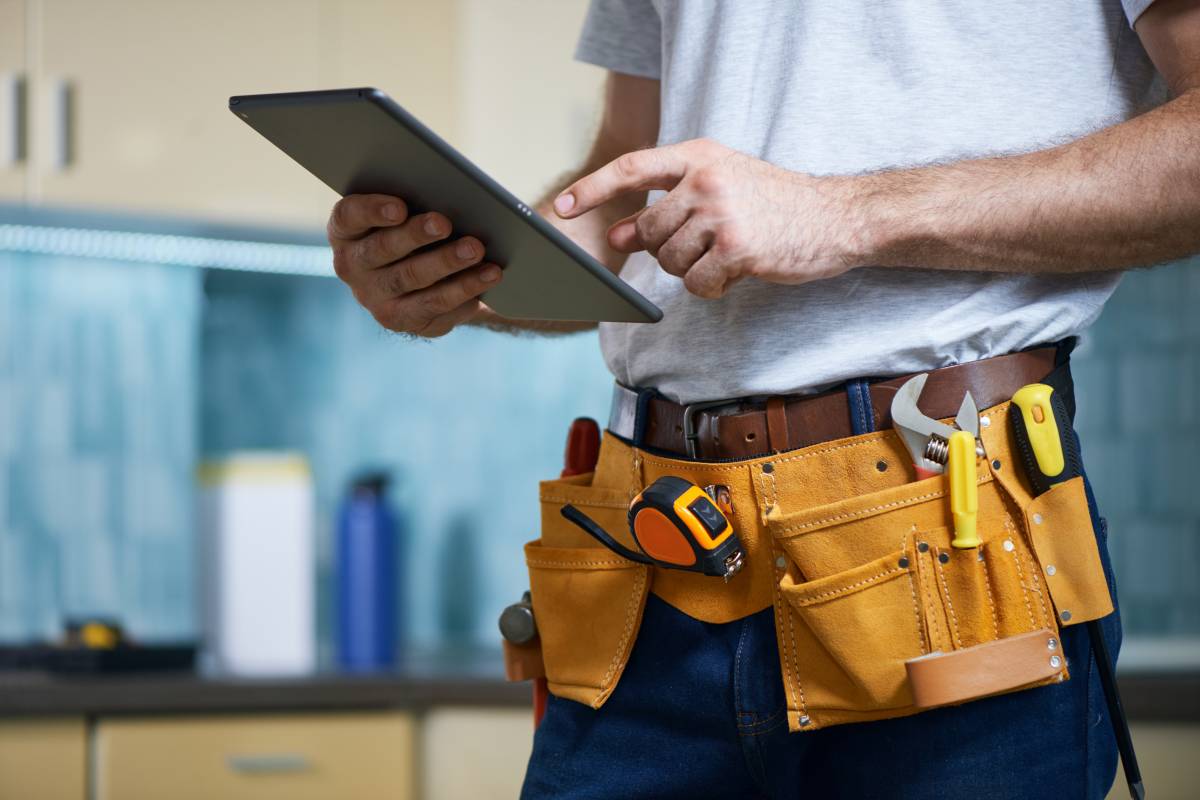
How much can you earn as a handyperson?
Read more

How to Soundproof a Room
Read more

30 Lovely pantry door ideas
Read more
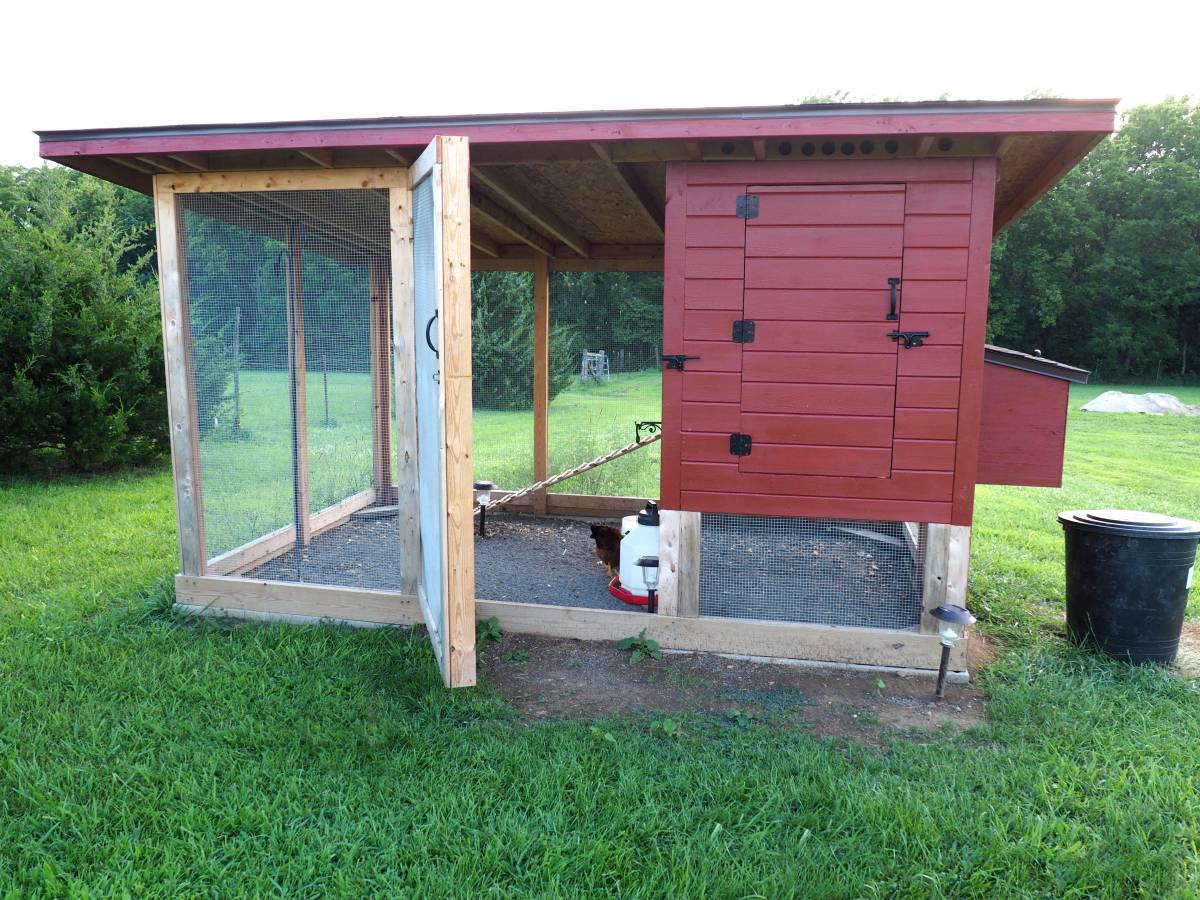
How to fox proof your chicken coop
Read more

How to install curtain rods
Read more
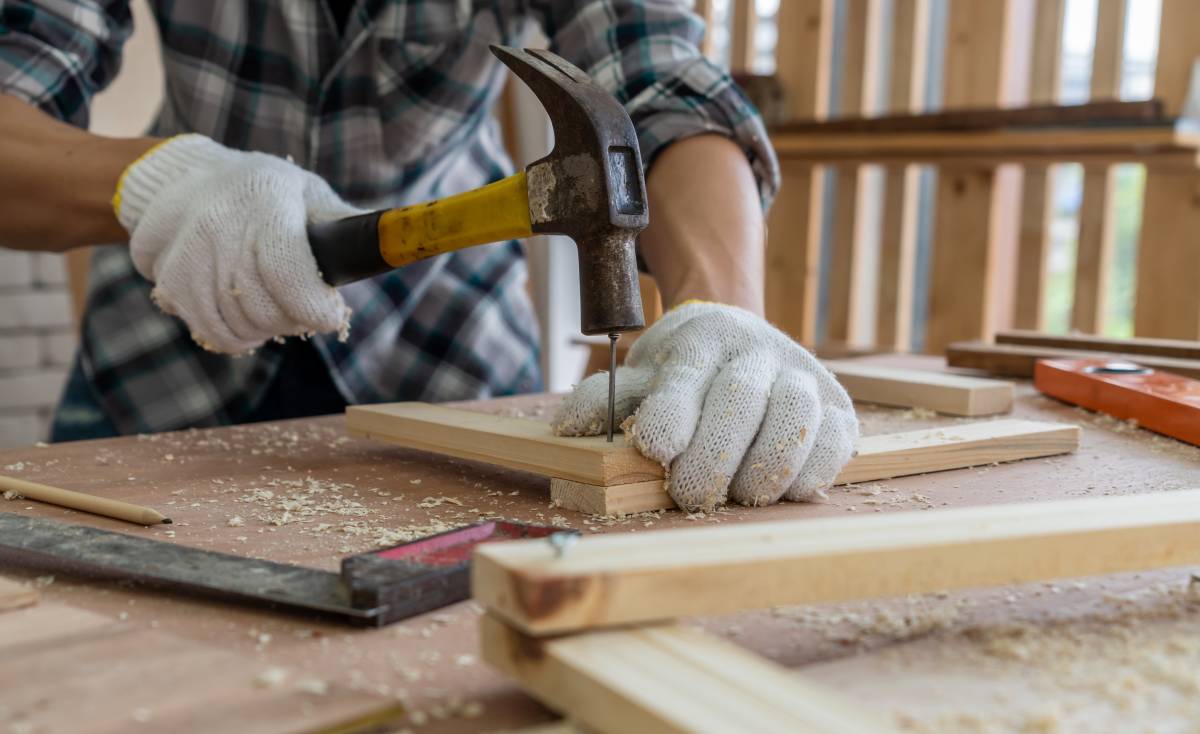
Best blue-collar jobs on Airtasker
Read more

Learn how to cut a mirror in 7 steps
Read more
Related price pages
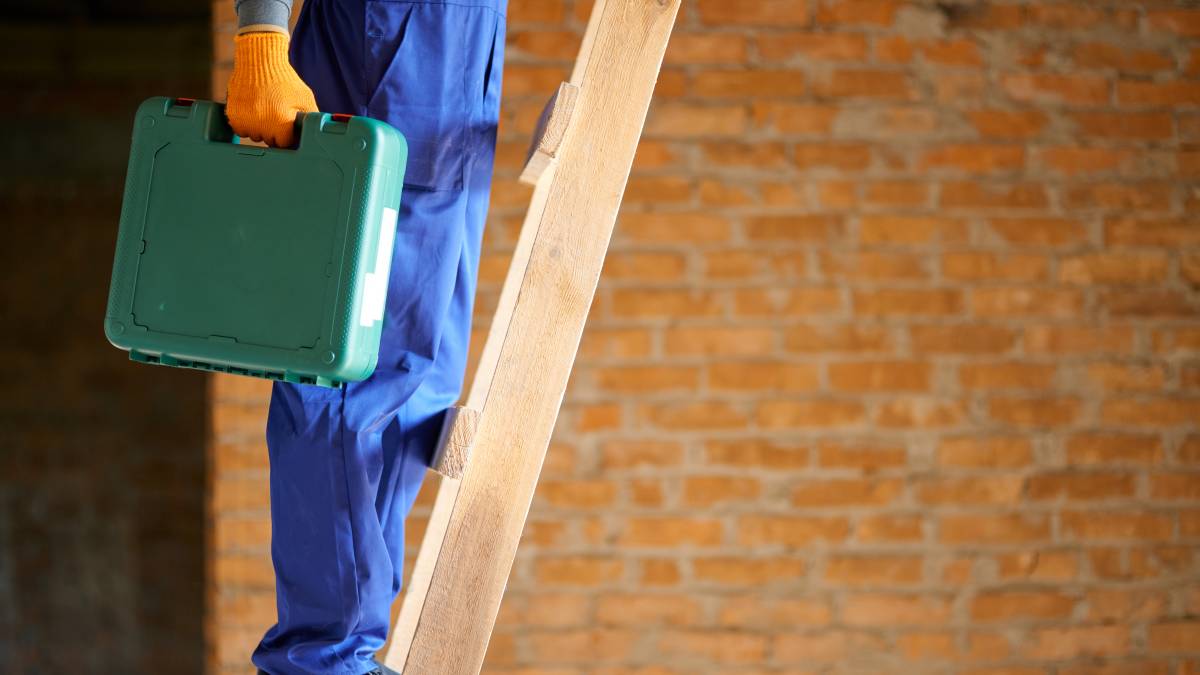
What are average handyman prices?
Read more
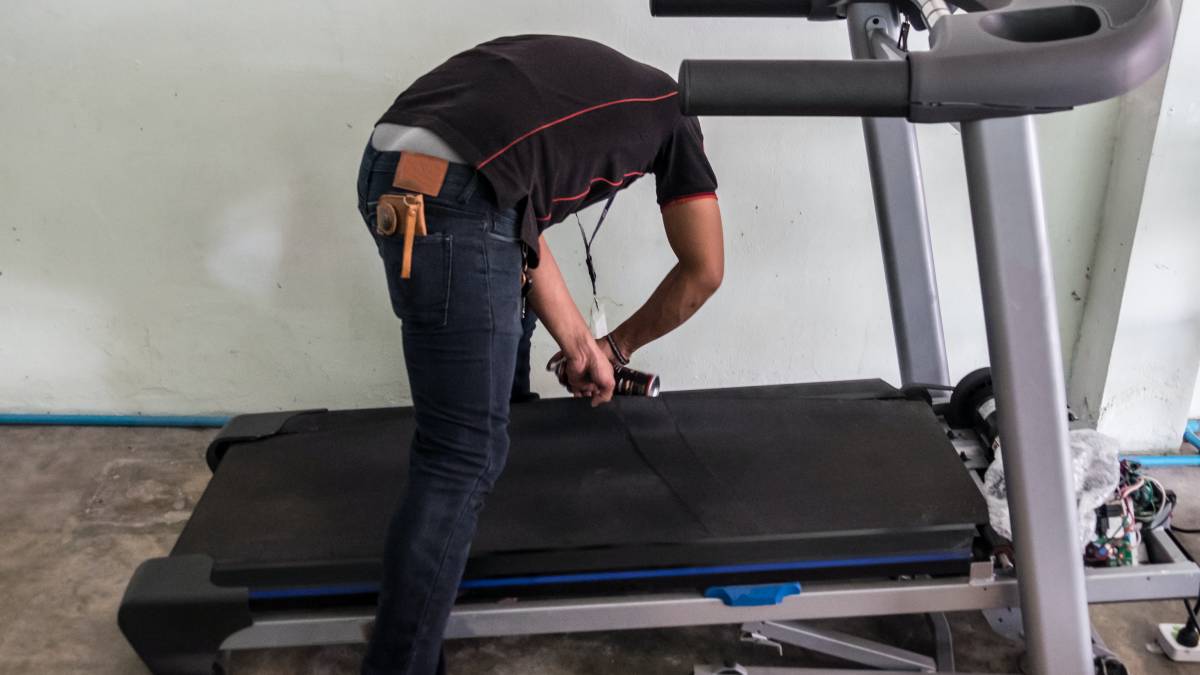
How much does treadmill repair cost?
Read more
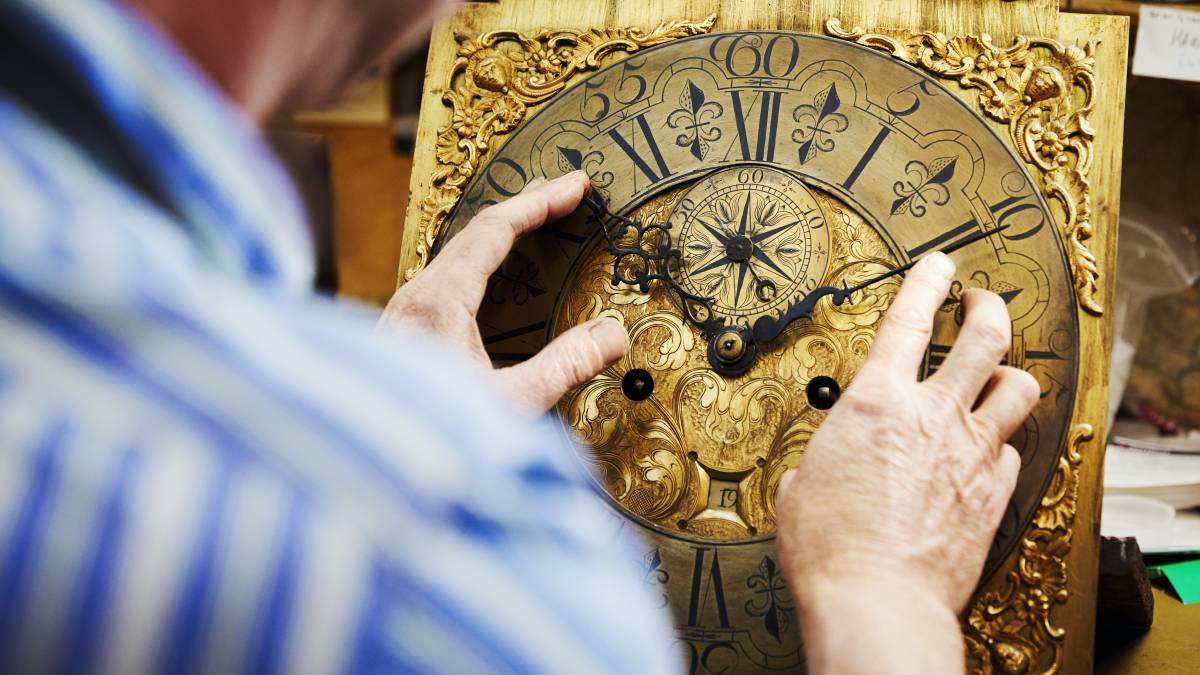
How much does clock repair cost?
Read more
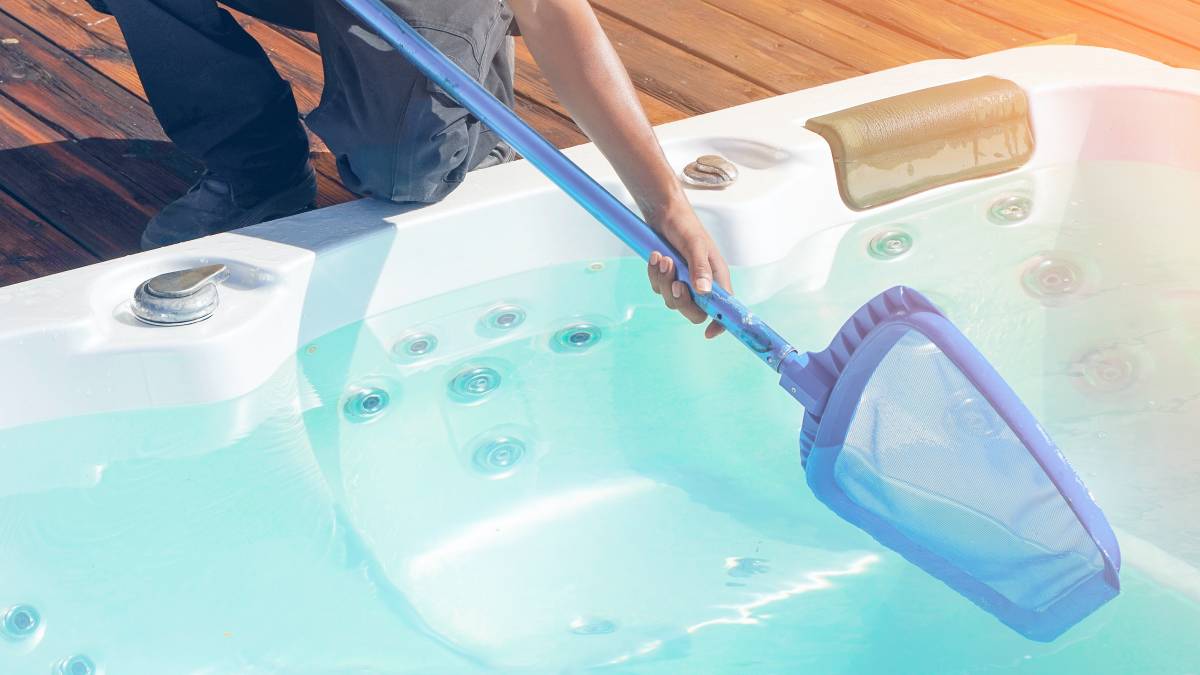
How much does hot tub repair cost?
Read more

How much does signage cost?
Read more

How much does awning repair cost?
Read more
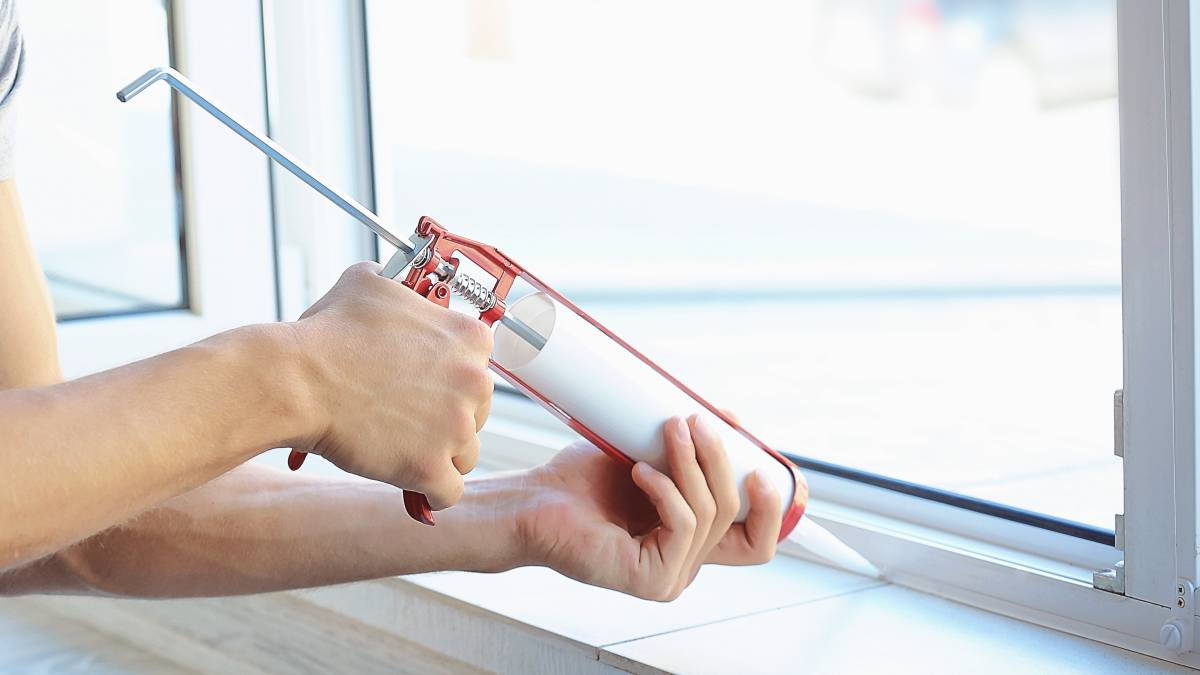
How much does window repair cost?
Read more

How much do chainsaw services cost?
Read more
